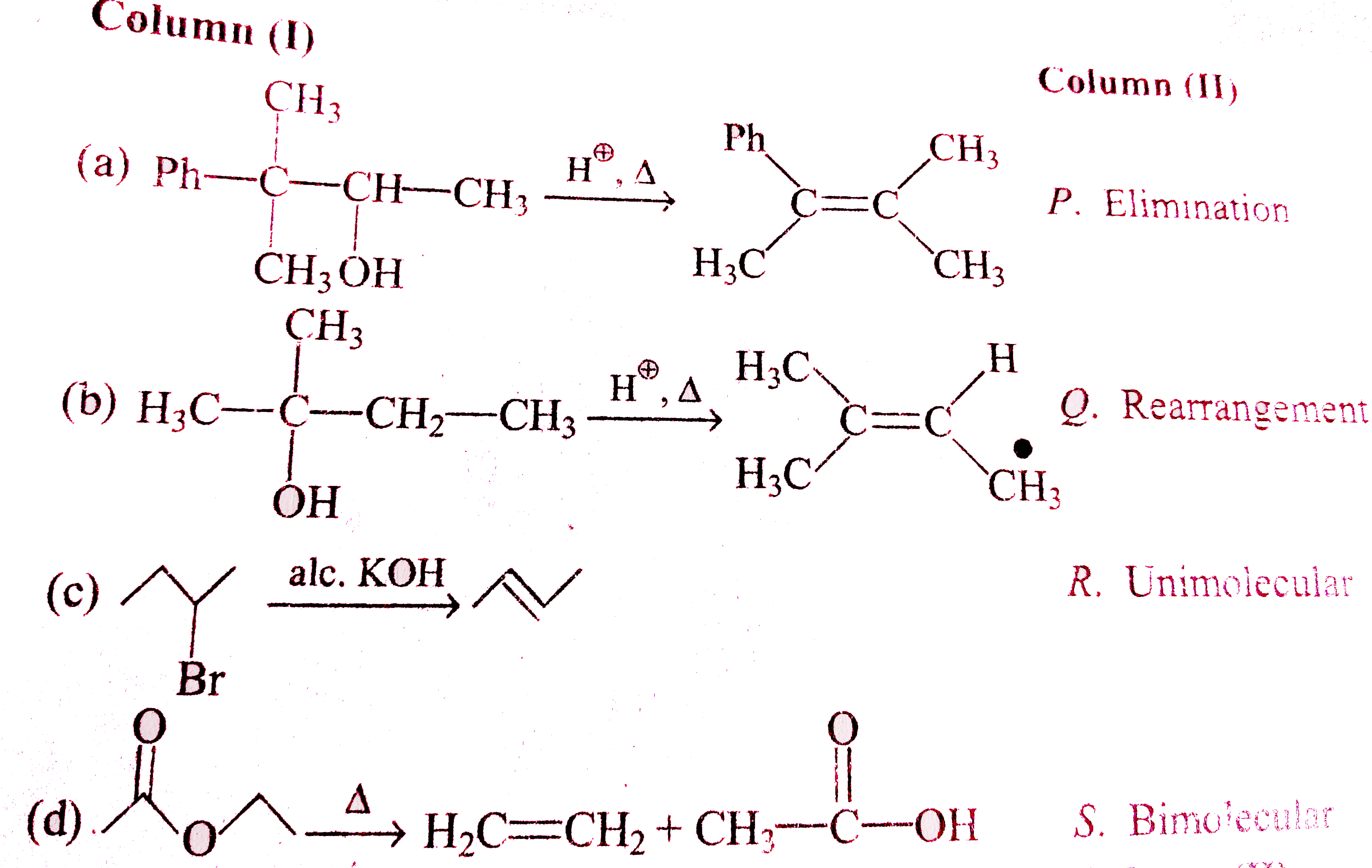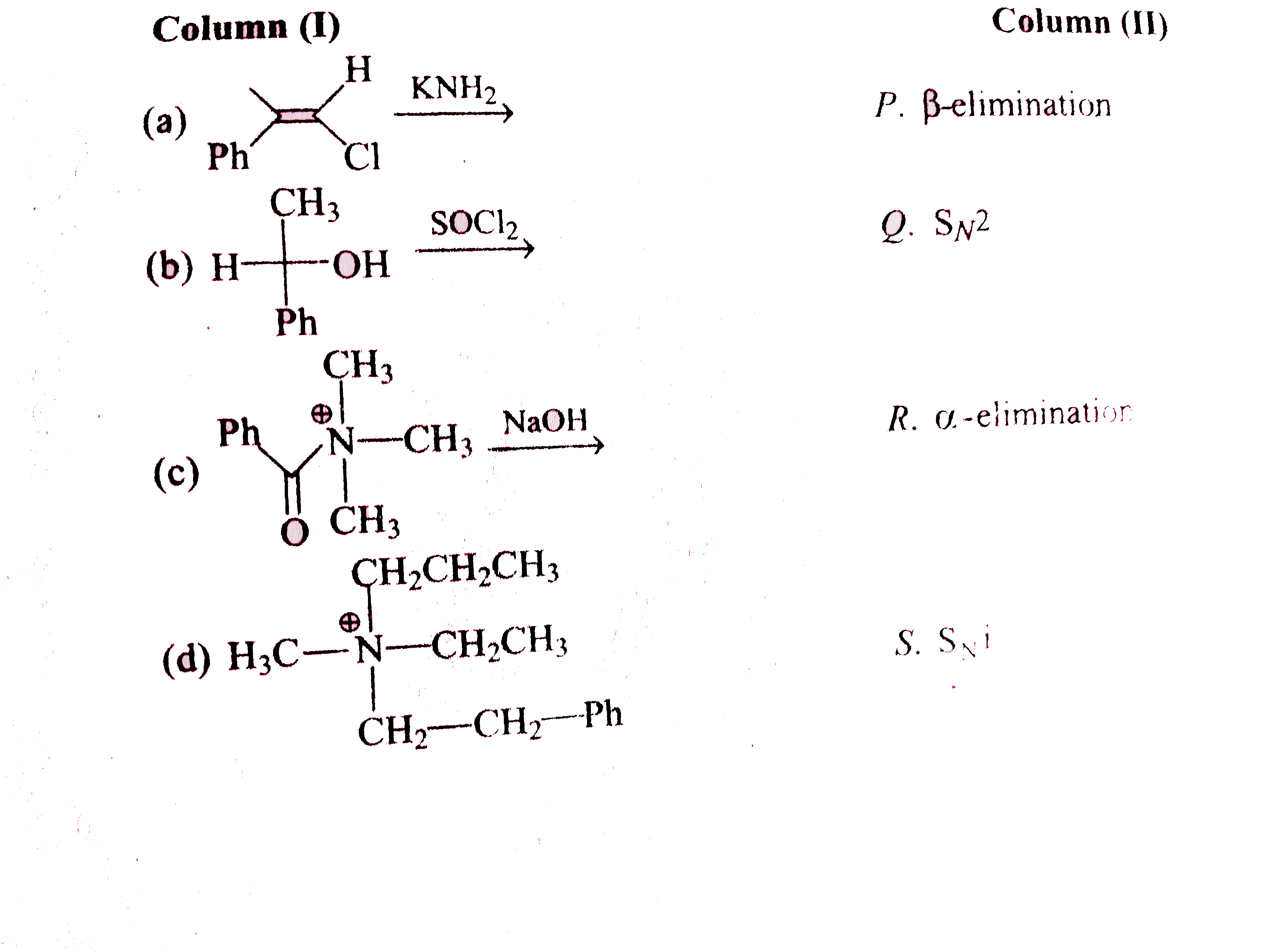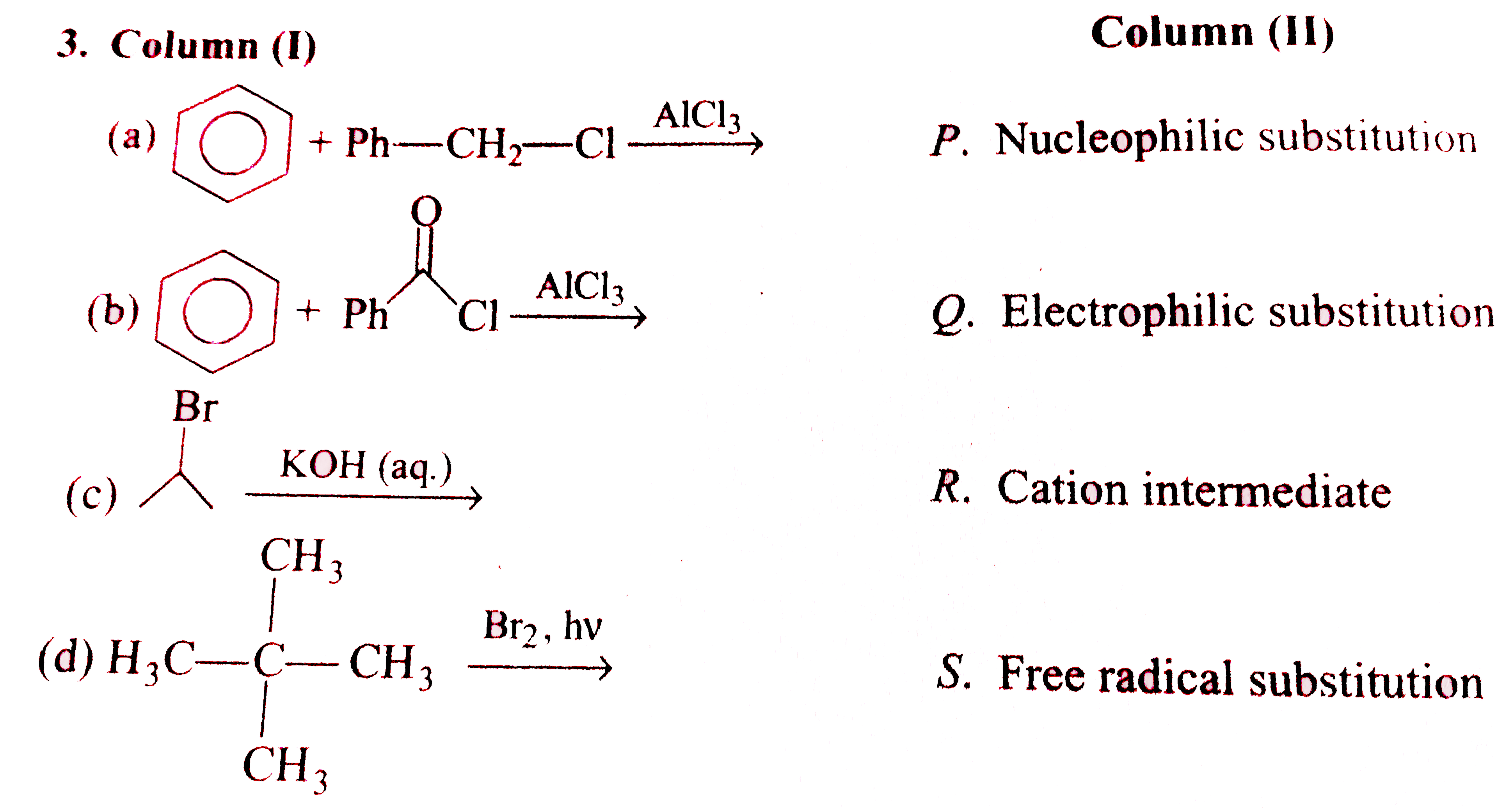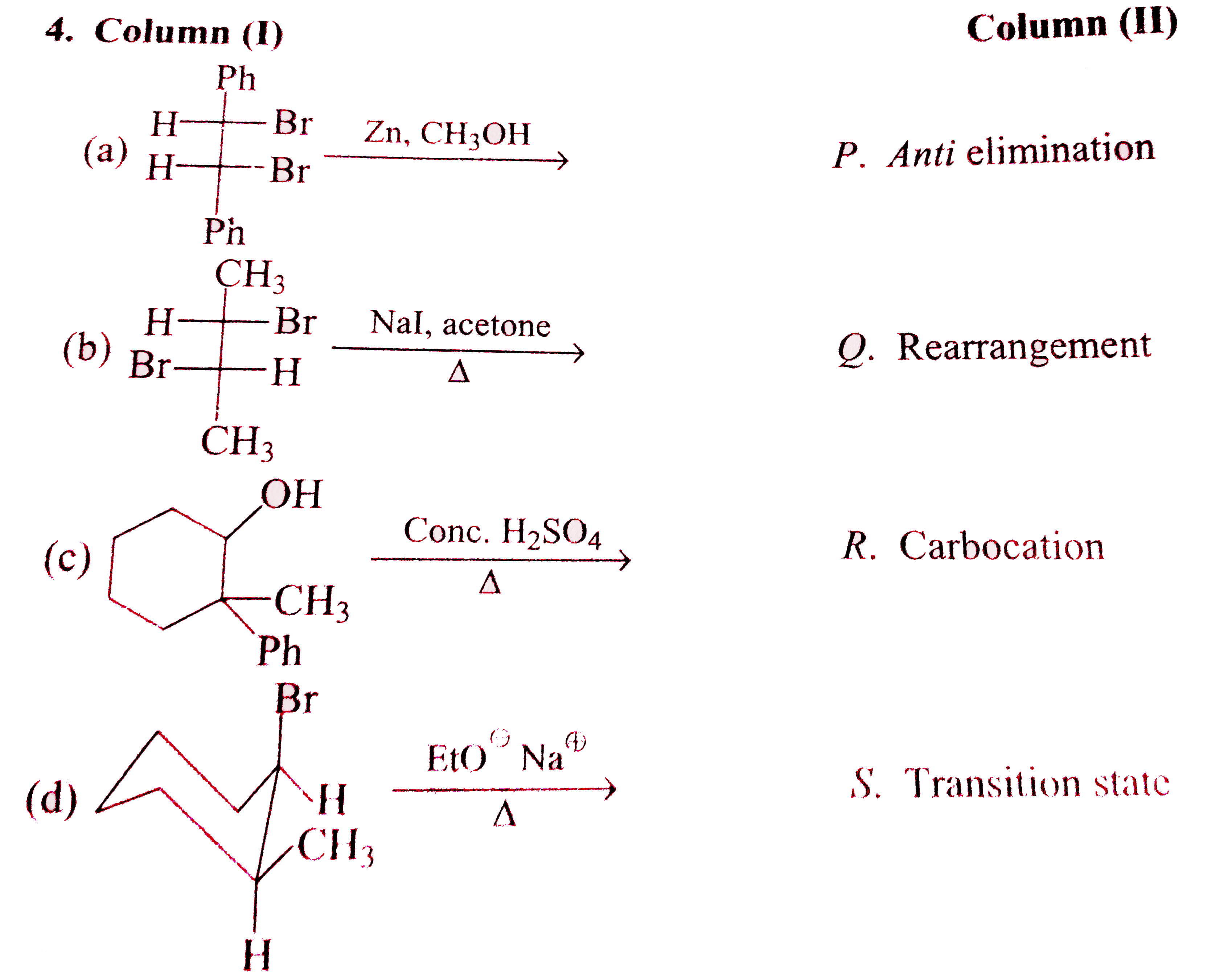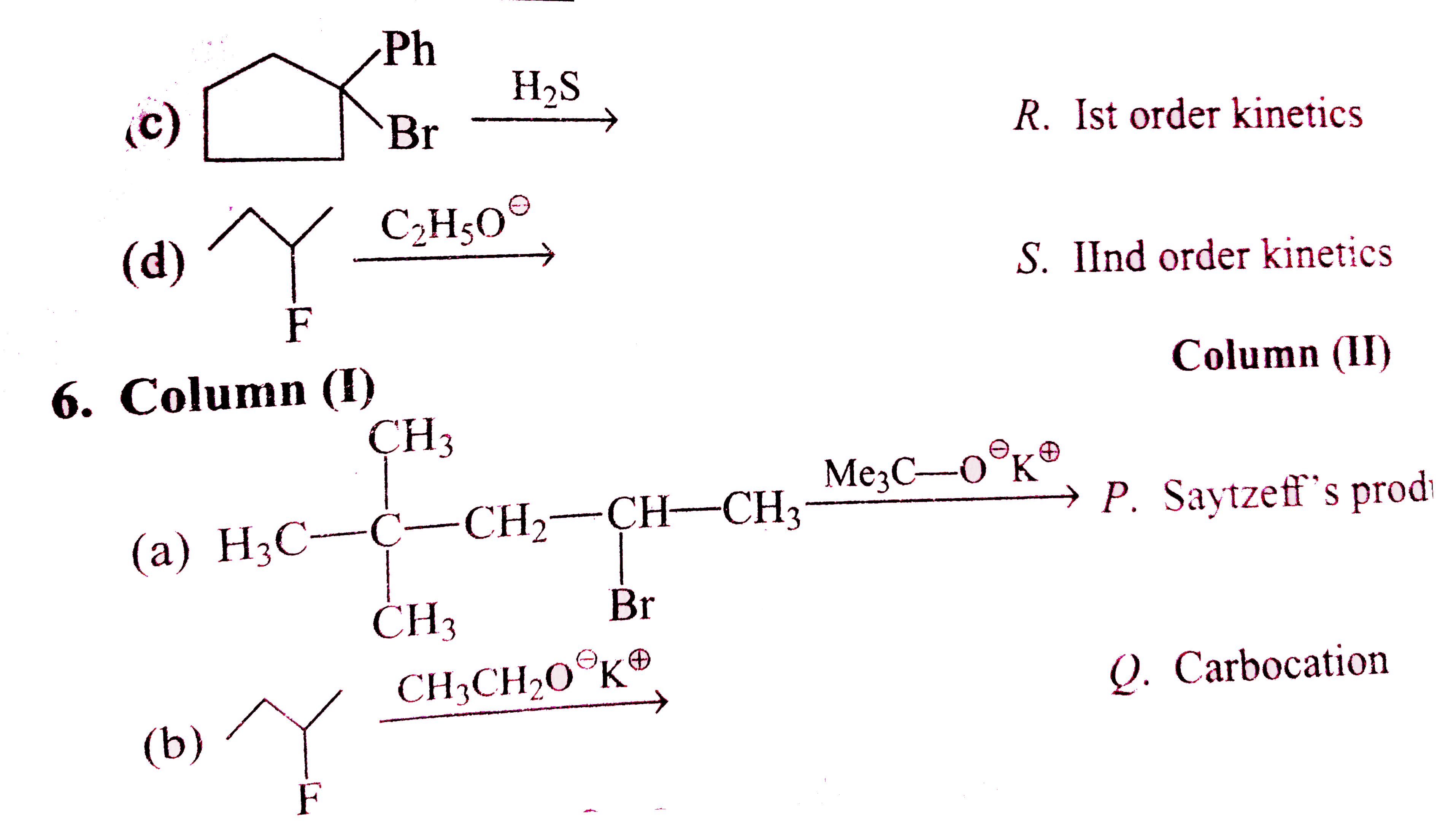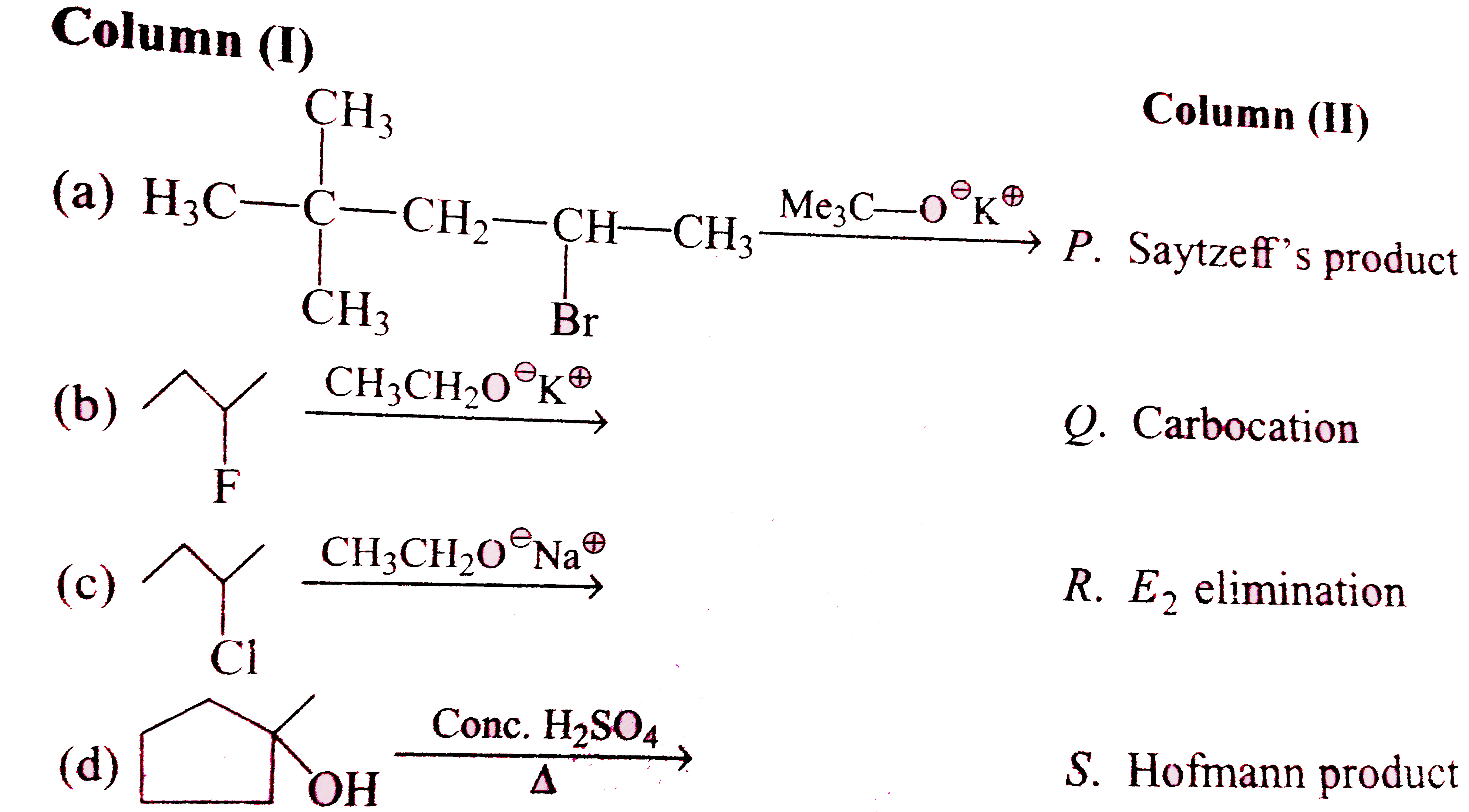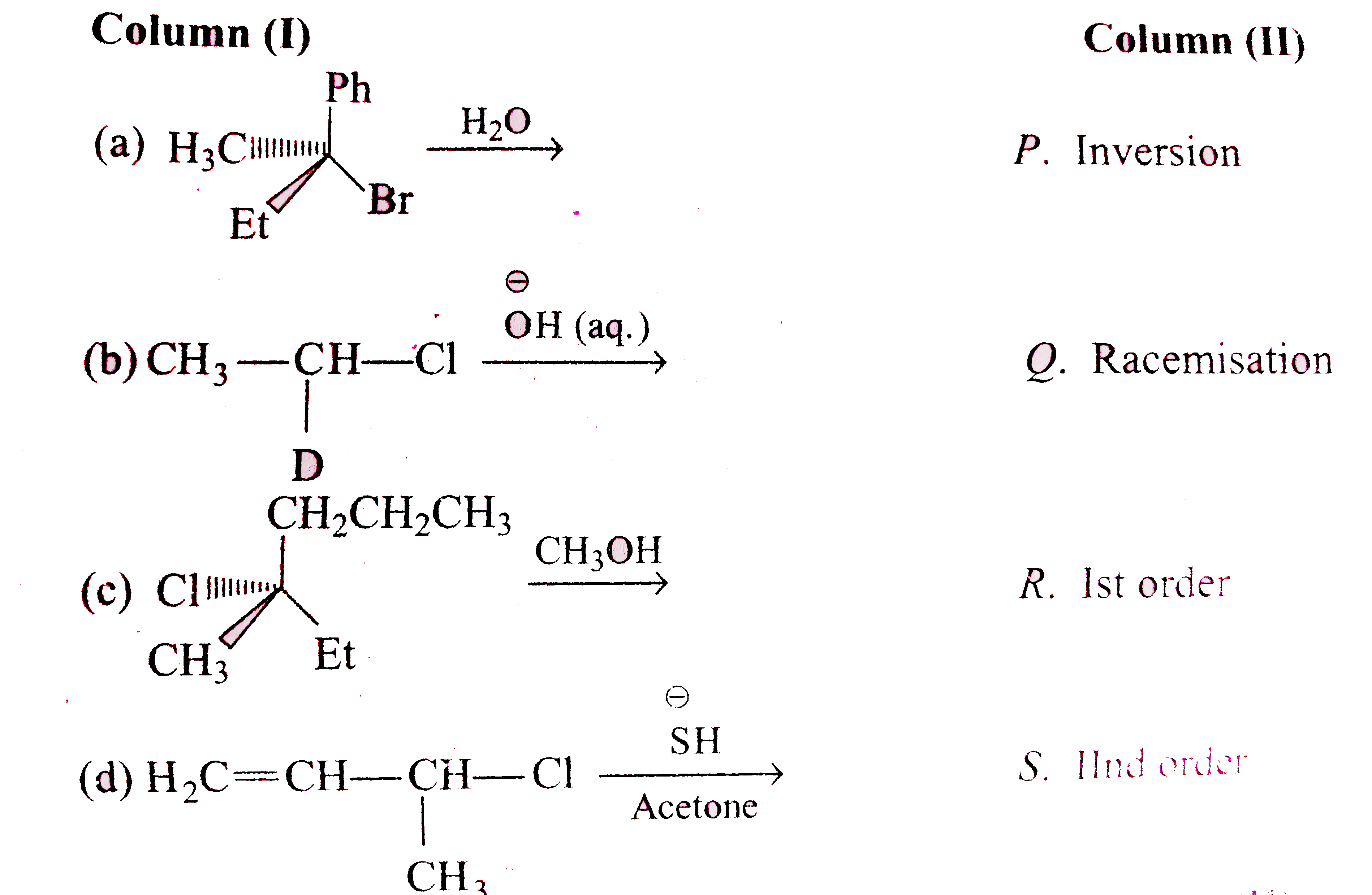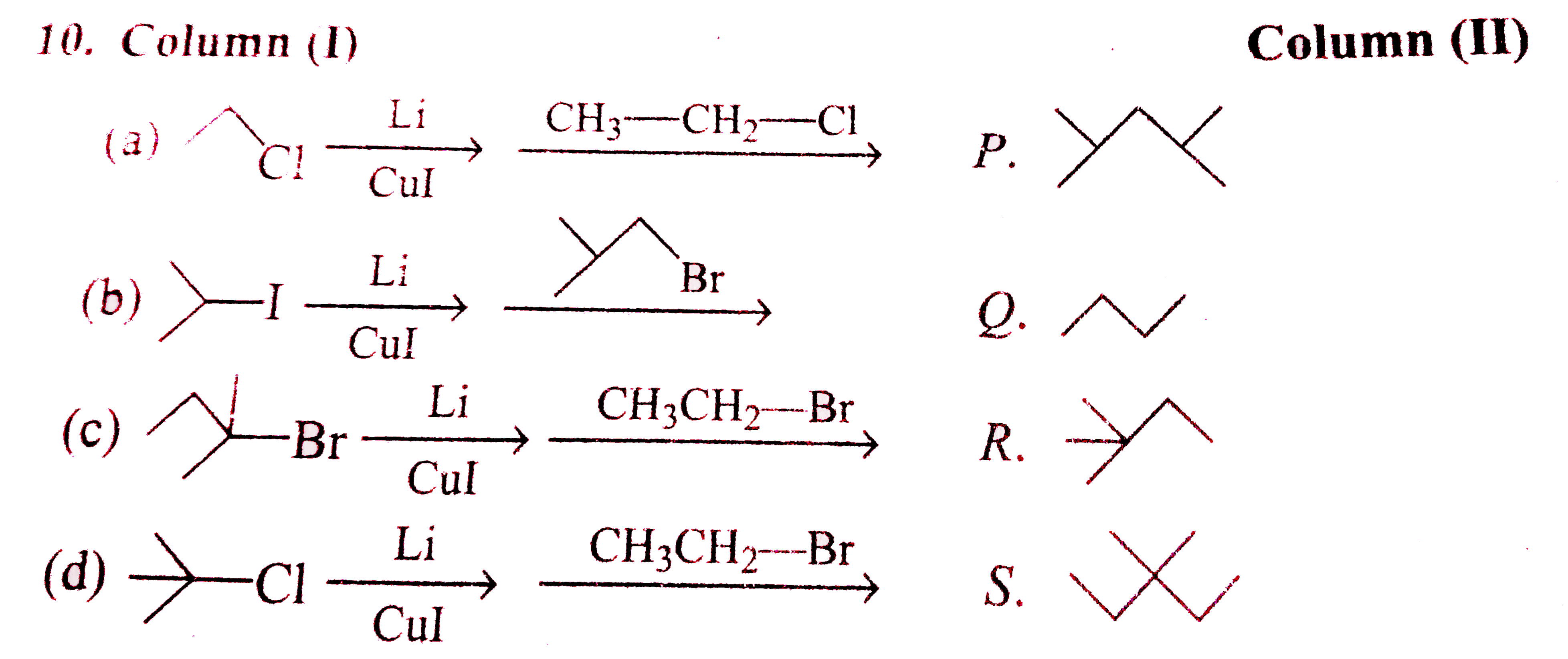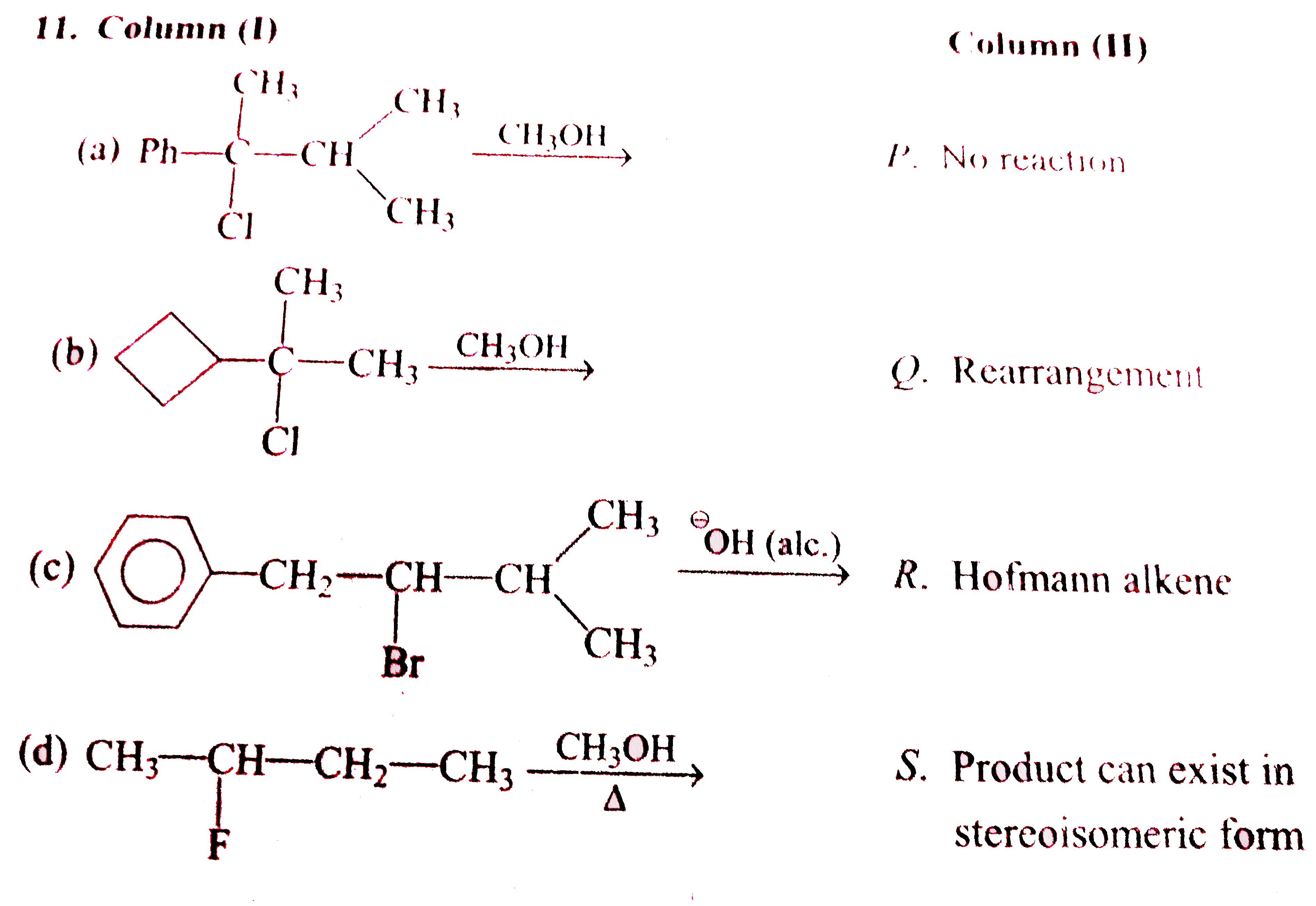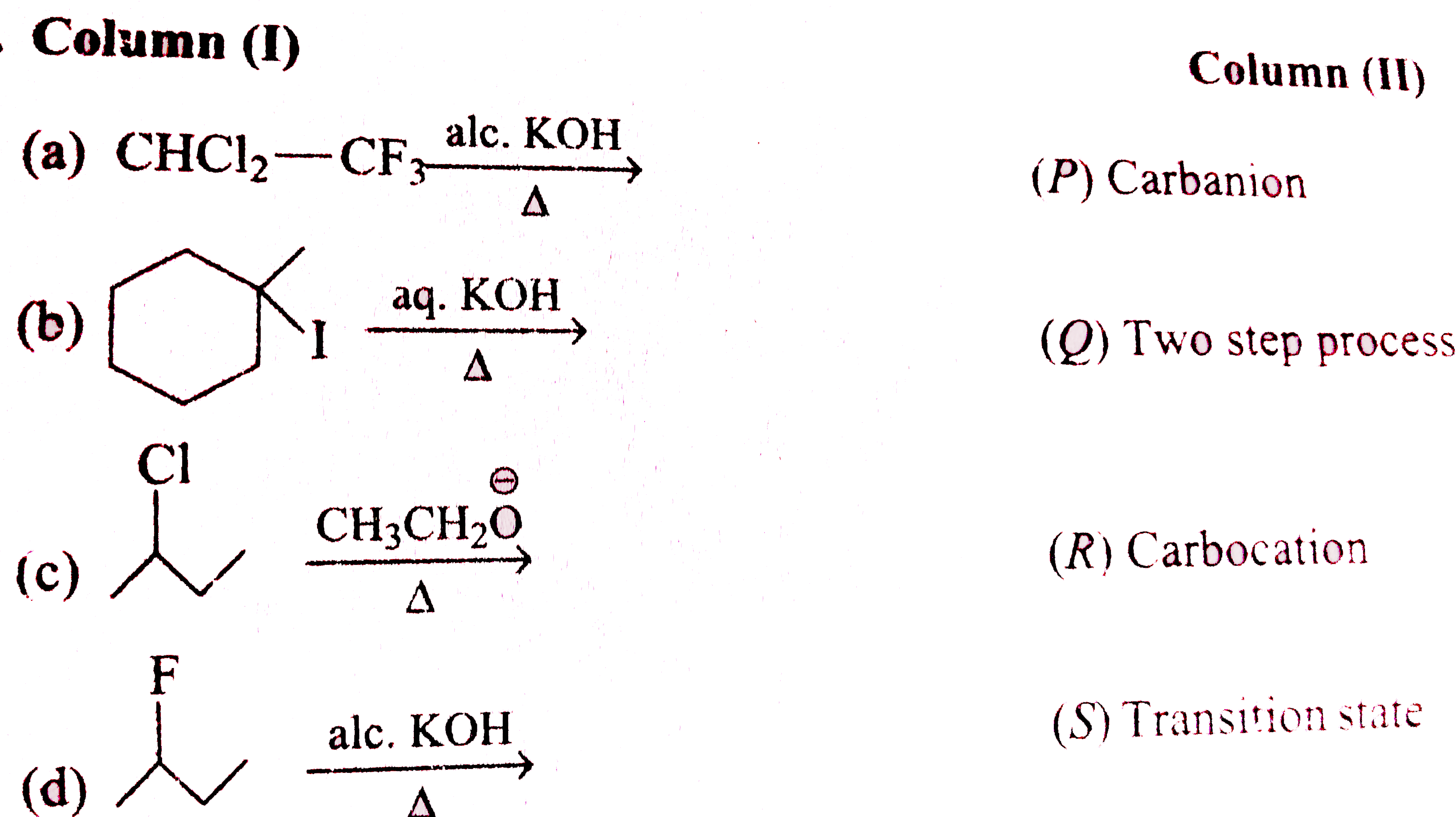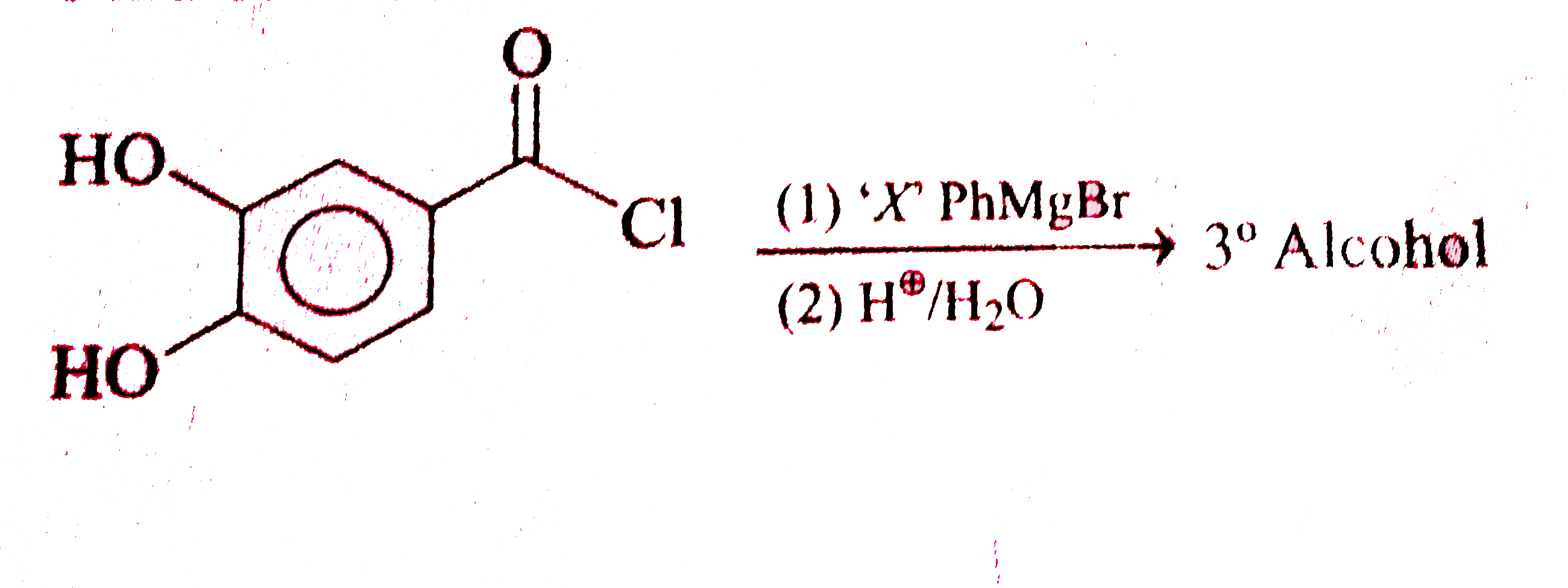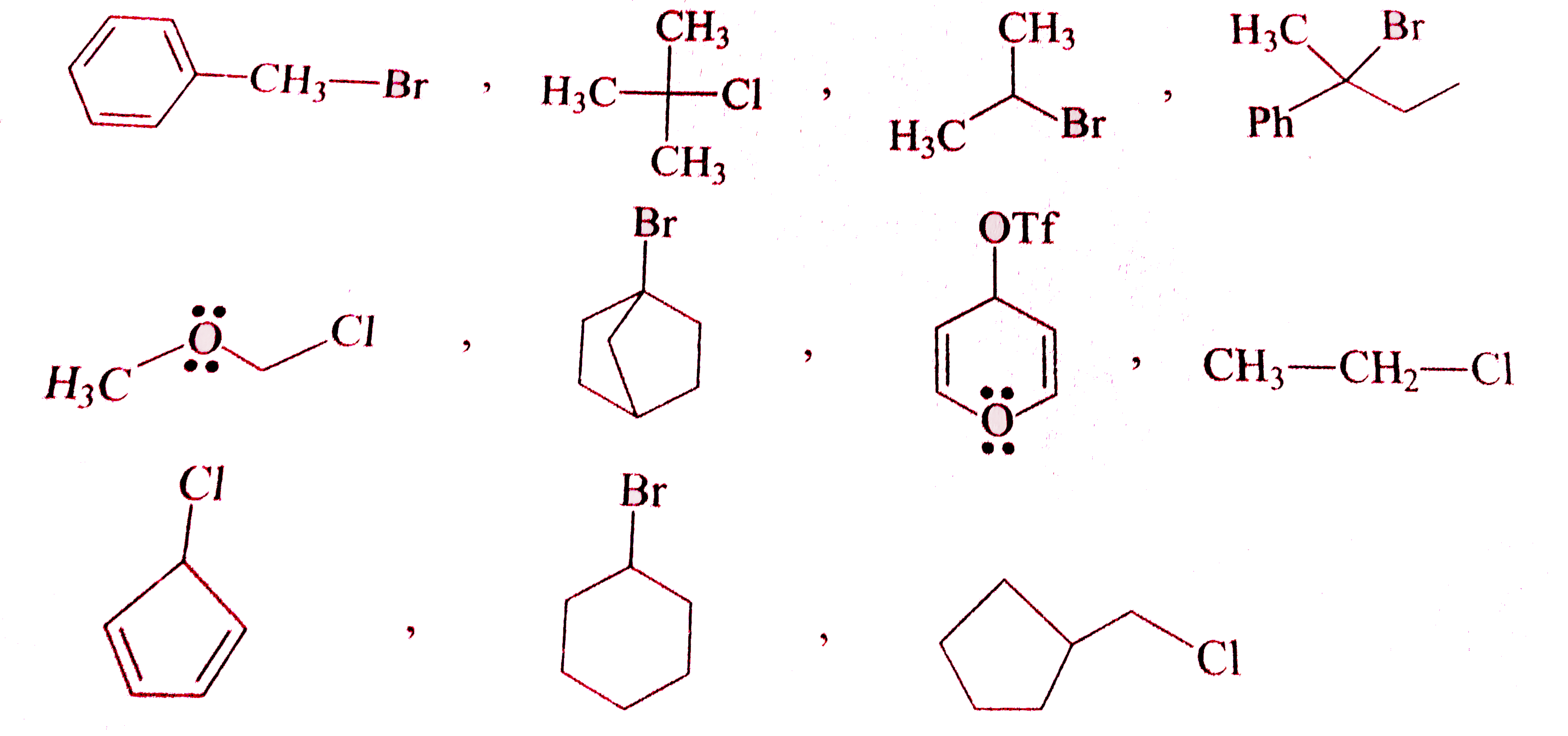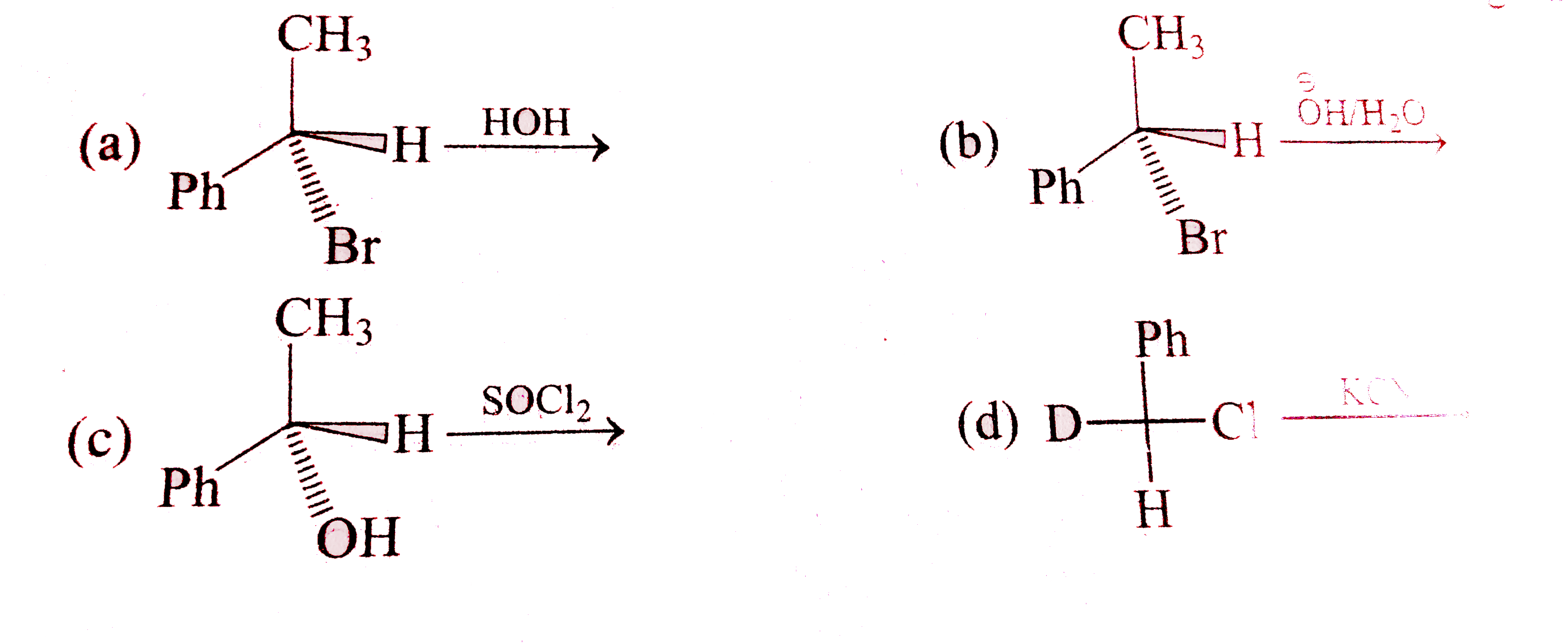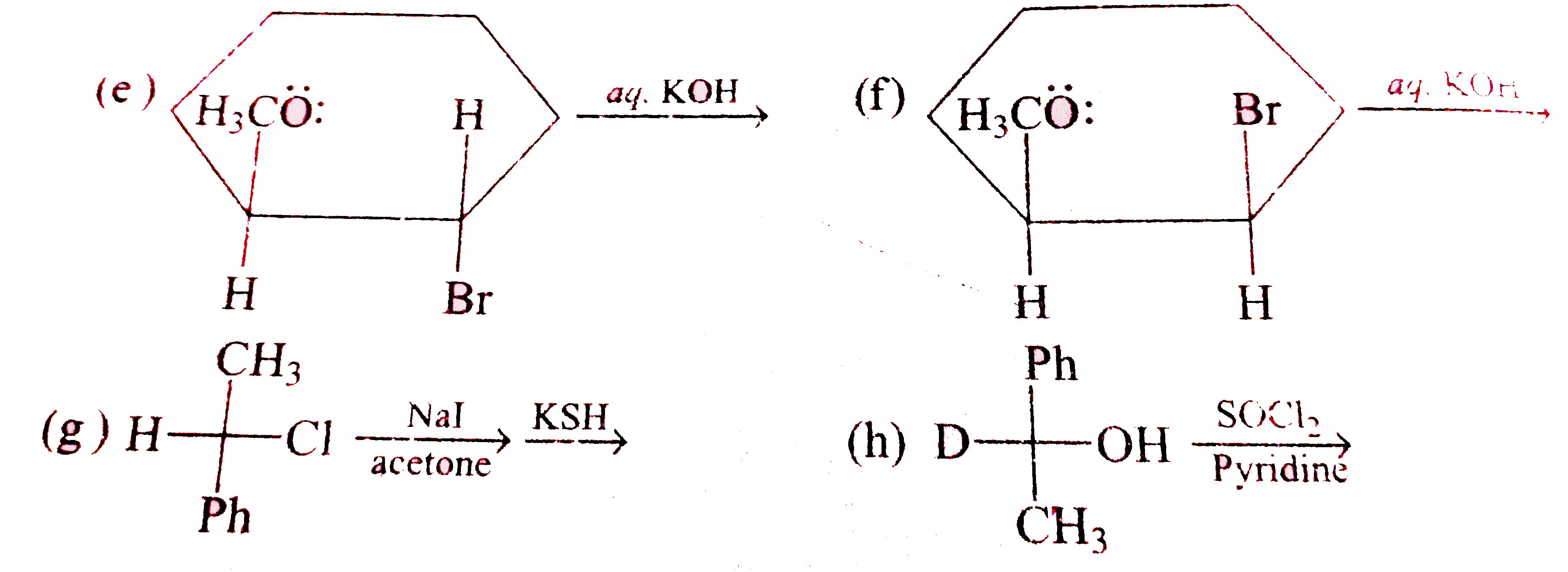More Than One Correct (Q.26 To Q.50) from GR BATHLA & SONS CHEMISTRY (HINGLISH) HALIDES for Class 12
| Class 12 | CHEMISTRY |
| Chapter | HALIDES |
| GR BATHLA & SONS CHEMISTRY (HINGLISH) | More Than One Correct (Q.26 To Q.50) |
| Medium | English |
| Academic Year | 2023-2024 |
Question 189
Treatment of 2-bromobutane with hot alcoholic KOH gives a mixture of three isomeric butenes (A),(B) and (C). Ozonolysis of the minor product (A) gives HCHO and another aldehyde in equimolar amounts. Both (B) and (C) gave the same single product (D) on ozonolysis. Find structural formula of (D) : View SolutionQuestion 263
Optically pure (S)−(+)-2bromo octane [α]25∘CD=+36∘, react with aqueous NaOH in acetone to give optically pure (R)−(−)-2-octanol [α]25∘CD =−10.3∘. With partially racemized bromo compound whose [α]25∘CD=30^(@),the[alpha]_(D)^(25^(@)ofthealcohol∏uctis−6.0^(@).
Calculate the per cent optical purity of partially racemized bromo compound :View SolutionQuestion 264
Optically pure (S)−(+)-2bromo octane [α]25∘CD=+36∘, react with aqueous NaOH in acetone to give optically pure (R)−(−)-2-octanol [α]25∘CD =−10.3∘. With partially racemized bromo compound whose [α]25∘CD=30^(@),the[alpha]_(D)^(25^(@)ofthealcohol∏uctis−6.0^(@).
Calculate the precentage of racemization :View SolutionQuestion 265
Optically pure (S)−(+)-2bromo octane [α]25∘CD=+36∘, react with aqueous NaOH in acetone to give optically pure (R)−(−)-2-octanol [α]25∘CD =−10.3∘. With partially racemized bromo compound whose [α]25∘CD=30^(@),the[alpha]_(D)^(25^(@)ofthealcohol∏uctis−6.0^(@).
Calculate the percentage of frontside attack :View SolutionQuestion 266
R−X+MgEther,Δ−−−−−→δ−R−δ+Mg−X Grignard reagents may be prepared from 1∘,2∘ and 3∘ halides as well as from vinayl and aryl halide. Vicinal dihalide and those halide which contain acidic tail do not form Grignard reagent.
Which of the following halides is most reactive for the preparation of Grignard reagent?View SolutionQuestion 267
R−X+MgEther,Δ−−−−−→δ−R−δ+Mg−X Grignard reagents may be prepared from 1∘,2∘ and 3∘ halides as well as from vinayl and aryl halide. Vicinal dihalide and those halide which contain acidic tail do not form Grignard reagent.
Which of the following compounds can form Grignard reagent on reaction with Mg//Ether?View SolutionQuestion 275
Williamson synthesis is an important method for the preparation of symmetrical and unsymmetrical ether. In this method halide is allowed to react with alcohol in presence of Na or K metal.
R−OH+R'−XNaorK−−−−→R−O−R'

3∘ halides and aromatic halides no not give this reaction.
Find out the product of the following reaction :
View SolutionQuestion 276
Williamson synthesis is an important method for the preparation of symmetrical and unsymmetrical ether. In this method halide is allowed to react with alcohol in presence of Na or K metal.
R−OH+R'−XNaorK−−−−→R−O−R'

3∘ halides and aromatic halides no not give this reaction.

Find out A and B :View SolutionQuestion 277
Williamson synthesis is an important method for the preparation of symmetrical and unsymmetrical ether. In this method halide is allowed to react with alcohol in presence of Na or K metal.
R−OH+R'−XNaorK−−−−→R−O−R'

3∘ halides and aromatic halides no not give this reaction.
CH3CH2OH+CH3−CH3∣C∣CH3−ClK−−→ Major product :View SolutionQuestion 278
Aliphatic nucleophilic substitution is mainly of two type SN1 and SN2.SN2 reaction proceed with strong nucleophile in polar aprotic solvent. 3∘ halides do not give SN2 reaction. Inverted products are obtained in this reaction and mechanism of reaction occurs through the formation of transition state.
SN1 reaction proceed through the formation of carbocation in polar aprotic solvent. Solvent itself acts as nucleophile in this reaction. Racemization takes place in SN1 reaction.
Which of the following compounds will give SN1 reaction ?View SolutionQuestion 279
Aliphatic nucleophilic substitution is mainly of two type SN1 and SN2.SN2 reaction proceed with strong nucleophile in polar aprotic solvent. 3∘ halides do not give SN2 reaction. Inverted products are obtained in this reaction and mechanism of reaction occurs through the formation of transition state.
SN1 reaction proceed through the formation of carbocation in polar aprotic solvent. Solvent itself acts as nucleophile in this reaction. Racemization takes place in SN1 reaction.
Which one of the following will give racemised product in C2H5OH?View SolutionQuestion 280
Aliphatic nucleophilic substitution is mainly of two type SN1 and SN2.SN2 reaction proceed with strong nucleophile in polar aprotic solvent. 3∘ halides do not give SN2 reaction. Inverted products are obtained in this reaction and mechanism of reaction occurs through the formation of transition state.
SN1 reaction proceed through the formation of carbocation in polar aprotic solvent. Solvent itself acts as nucleophile in this reaction. Racemization takes place in SN1 reaction.
Which one of the following will give SN2 reaction?View SolutionQuestion 281
Type of elimination reaction in which least substituted alkene is major product known as Hofmann's elimination. Such reaction occur in following conditions : (X) when base is bulky (Y) when leaving group is very poor such as fluoride, ammonium group (−⊕NR3) etc.
(Z) when alkyl halide contain one or more double bonds.
What is the major product of the following reaction?
H3C−C∣BrH−CH3∣CH−CH3∣C∣CH3−CH3Me3COΘK⊕−−−−−−−−→View SolutionQuestion 282
Type of elimination reaction in which least substituted alkene is major product known as Hofmann's elimination. Such reaction occur in following conditions : (X) when base is bulky (Y) when leaving group is very poor such as fluoride, ammonium group (−⊕NR3) etc.
(Z) when alkyl halide contain one or more double bonds.
Which of the following will not produce Hofmann's alkene as major product on reaction with strong base?View SolutionQuestion 283
Type of elimination reaction in which least substituted alkene is major product known as Hofmann's elimination. Such reaction occur in following conditions : (X) when base is bulky (Y) when leaving group is very poor such as fluoride, ammonium group (−⊕NR3) etc.
(Z) when alkyl halide contain one or more double bonds.
 View Solution
View SolutionQuestion 284
There are number of organic compounds including esters, xanthate esters, amine oxides etc., that undergo pyrolytic elimination with heat in the absence of added reagent, either in inert solvent or in the absence of solvent. In general these elimination follow the rate law.
Rate ∝[Substrate]
However reaction is different from E1 elimination by the degree of syn-stereoselectivity that they exhibit. These reactions are also known as E1 elimination and the degree of syn-stereoselectivity reflect the extent to which they proceed via cyclic transition state.

Find the major product of the following reaction :
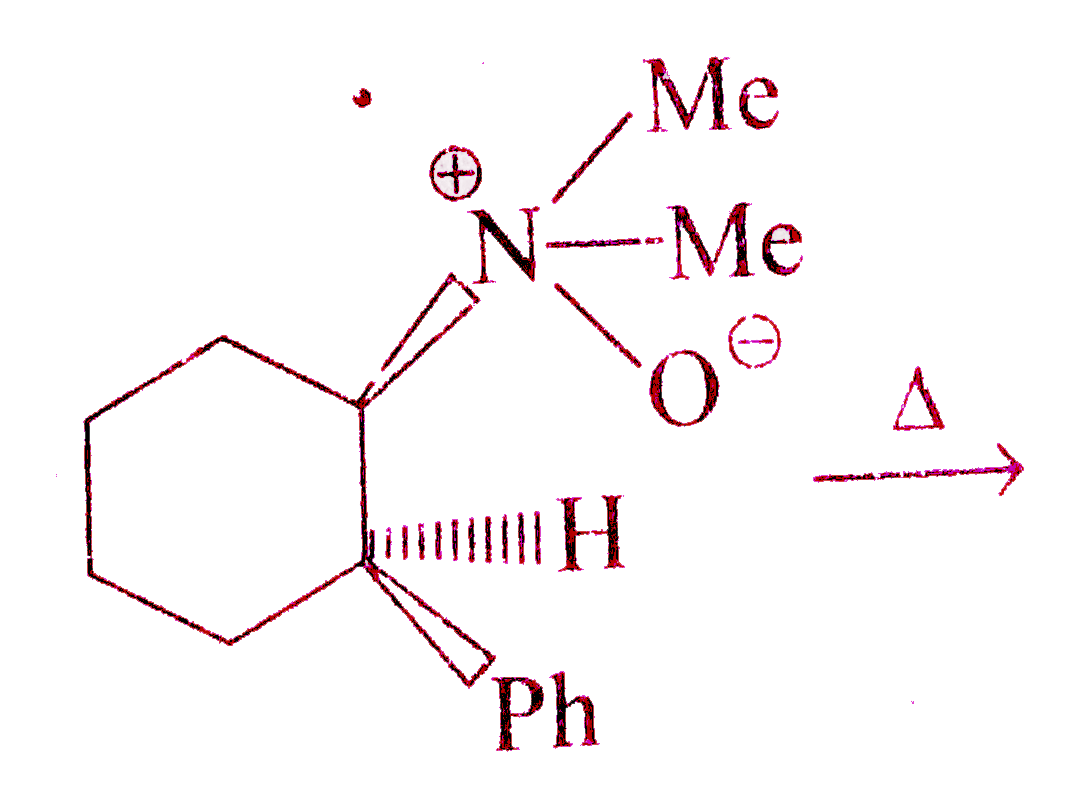 View Solution
View SolutionQuestion 285
There are number of organic compounds including esters, xanthate esters, amine oxides etc., that undergo pyrolytic elimination with heat in the absence of added reagent, either in inert solvent or in the absence of solvent. In general these elimination follow the rate law.
Rate ∝[Substrate]
However reaction is different from E1 elimination by the degree of syn-stereoselectivity that they exhibit. These reactions are also known as E1 elimination and the degree of syn-stereoselectivity reflect the extent to which they proceed via cyclic transition state.

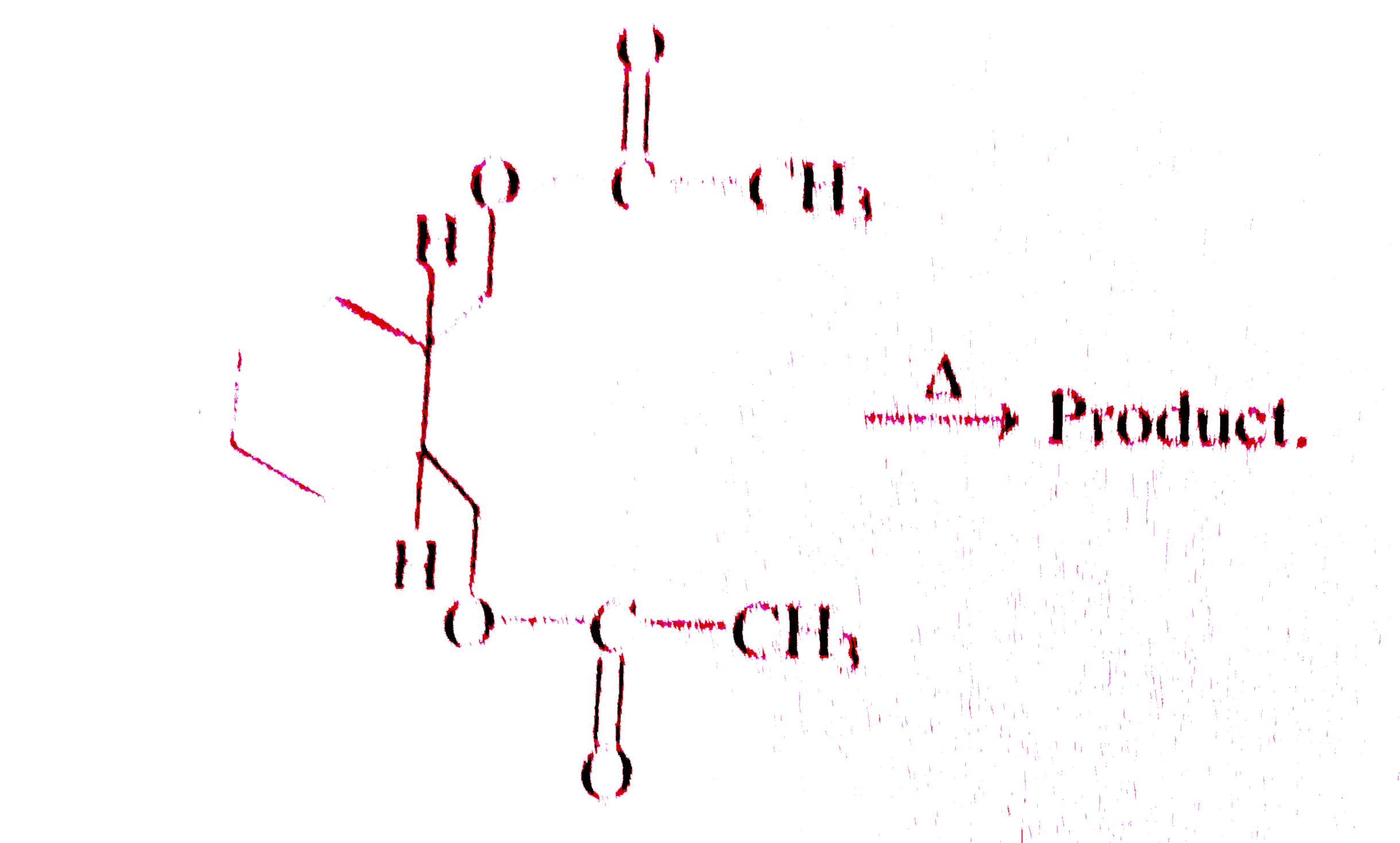
Find the structure of product :View SolutionQuestion 286
There are number of organic compounds including esters, xanthate esters, amine oxides etc., that undergo pyrolytic elimination with heat in the absence of added reagent, either in inert solvent or in the absence of solvent. In general these elimination follow the rate law.
Rate ∝[Substrate]
However reaction is different from E1 elimination by the degree of syn-stereoselectivity that they exhibit. These reactions are also known as E1 elimination and the degree of syn-stereoselectivity reflect the extent to which they proceed via cyclic transition state.


Find the major product of reaction :View SolutionQuestion 309
Examine the ten structures shwon below and select those that satisfy each of the following condition.
.
(i) How many copmound give SN2 reaction on treatment with NaSH?
(ii) How many compounds give E2 reaction on treatment with alcoholic KOH?
(iii) How many compounds do not react under either of the pervious reaction conditions?View SolutionQuestion 310
Examine the ten structures shown below and select those that satisfy each of the following condition.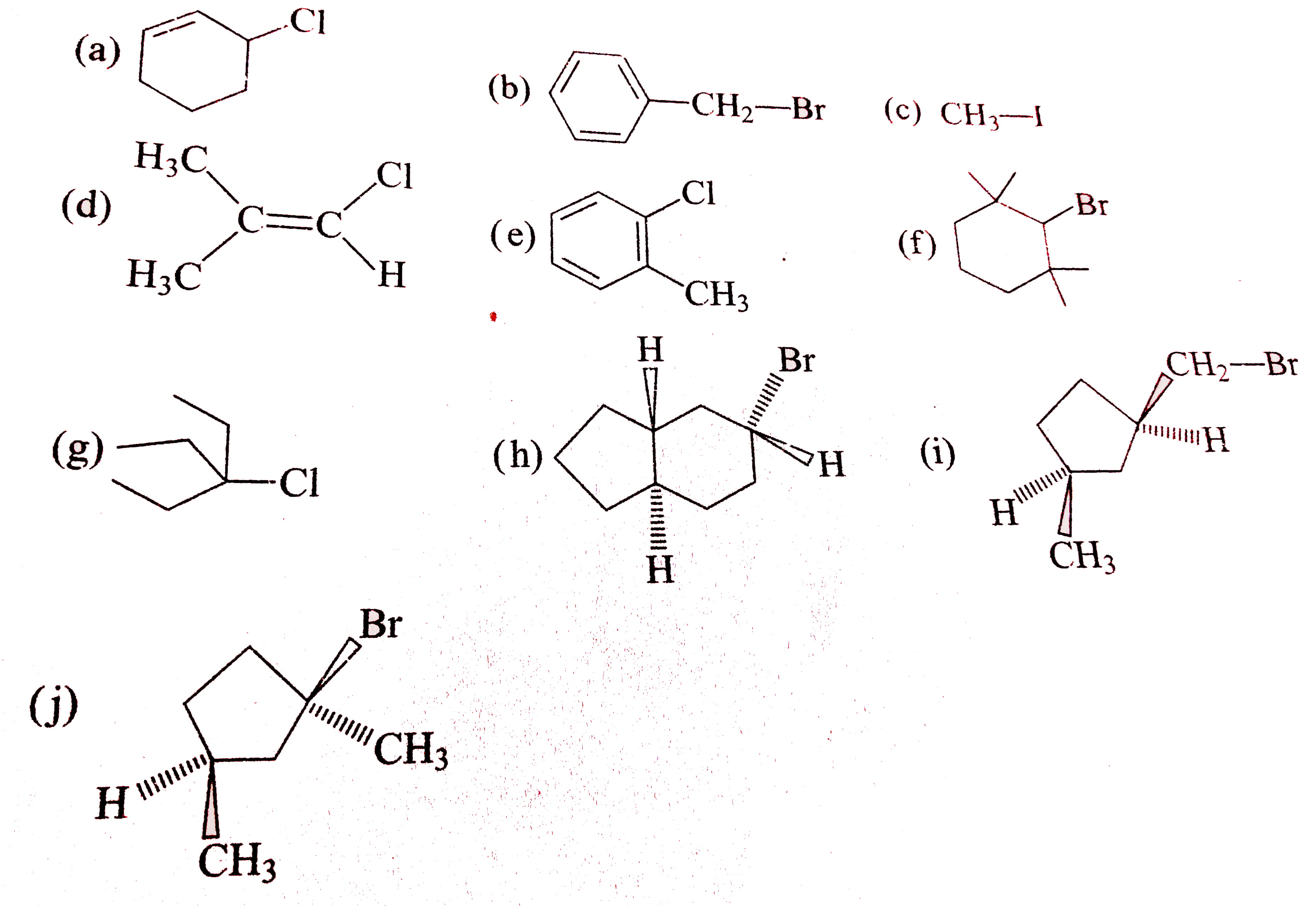
(i) How many compounds give substitution reaction with CH3ΘS⊕Na?
(ii) How many compounds give elimination reaction with N⊕aΘCN?
(iii) How many compounds do not react with NaOH?View Solution
All Exercises from GR BATHLA & SONS CHEMISTRY (HINGLISH) Class 12 CHEMISTRY HALIDES
- EXERCISE-1 (ONLY ONE CORRECT ANSWER (LEVEL-1))
- EXERCISE-1 (ONLY ONE CORRECT ANSWER (LEVEL-2))
- INTEGER ANSWER TYPE PROBLEMS
- LEVEL - 2
- LEVEL 1 (Q.1 TO Q.25)
- LEVEL 1 (Q.26 TO Q.48)
- LEVEL 2 (Q.1 TO Q.25)
- LEVEL 2 (Q.101 TO Q.125)
- LEVEL 2 (Q.126 TO Q.150)
- LEVEL 2 (Q.151 TO Q.165)
- LEVEL 2 (Q.26 TO Q.50)
- LEVEL 2 (Q.51 TO Q.75)
- LEVEL 2 (Q.76 TO Q.100)
- LINKED COMPREHENSION TYPE (Q.1 TO Q.25)
- LINKED COMPREHENSION TYPE (Q.26 TO Q.27)
- MATCH THE COLUMN
- MORE THAN ONE CORRECT (Q.1 TO Q.25)
- MORE THAN ONE CORRECT (Q.26 TO Q.50)
- SUBJECTIVE TYPE PROBLEMS
- EXERCISE-1 (ONLY ONE CORRECT ANSWER (LEVEL-1))
- EXERCISE-1 (ONLY ONE CORRECT ANSWER (LEVEL-2))
- INTEGER ANSWER TYPE PROBLEMS
- LEVEL - 2
- LEVEL 1 (Q.1 TO Q.25)
- LEVEL 1 (Q.26 TO Q.48)
- LEVEL 2 (Q.1 TO Q.25)
- LEVEL 2 (Q.101 TO Q.125)
- LEVEL 2 (Q.126 TO Q.150)
- LEVEL 2 (Q.151 TO Q.165)
- LEVEL 2 (Q.26 TO Q.50)
- LEVEL 2 (Q.51 TO Q.75)
- LEVEL 2 (Q.76 TO Q.100)
- LINKED COMPREHENSION TYPE (Q.1 TO Q.25)
- LINKED COMPREHENSION TYPE (Q.26 TO Q.27)
- MATCH THE COLUMN
- MORE THAN ONE CORRECT (Q.1 TO Q.25)
- MORE THAN ONE CORRECT (Q.26 TO Q.50)
- SUBJECTIVE TYPE PROBLEMS
- EXERCISE-2 (MORE THAN ONE CORRECT ANSWERS )
- EXERCISE-2 (MORE THAN ONE CORRECT ANSWERS )
- EXERCISE-3 (LINKED COMPREHENSION TYPE ) PASSAGE-1
- EXERCISE-3 (LINKED COMPREHENSION TYPE ) PASSAGE-2
- EXERCISE-3 (LINKED COMPREHENSION TYPE ) PASSAGE-3
- EXERCISE-3 (LINKED COMPREHENSION TYPE ) PASSAGE-4
- EXERCISE-3 (LINKED COMPREHENSION TYPE ) PASSAGE-5
- EXERCISE-3 (LINKED COMPREHENSION TYPE ) PASSAGE-6
- EXERCISE-3 (LINKED COMPREHENSION TYPE ) PASSAGE-7
- EXERCISE-3 (LINKED COMPREHENSION TYPE ) PASSAGE-8
- EXERCISE-3 (LINKED COMPREHENSION TYPE ) PASSAGE-9
- EXERCISE-3 (LINKED COMPREHENSION TYPE ) PASSAGE-1
- EXERCISE-3 (LINKED COMPREHENSION TYPE ) PASSAGE-2
- EXERCISE-3 (LINKED COMPREHENSION TYPE ) PASSAGE-3
- EXERCISE-3 (LINKED COMPREHENSION TYPE ) PASSAGE-4
- EXERCISE-3 (LINKED COMPREHENSION TYPE ) PASSAGE-5
- EXERCISE-3 (LINKED COMPREHENSION TYPE ) PASSAGE-6
- EXERCISE-3 (LINKED COMPREHENSION TYPE ) PASSAGE-7
- EXERCISE-3 (LINKED COMPREHENSION TYPE ) PASSAGE-8
- EXERCISE-3 (LINKED COMPREHENSION TYPE ) PASSAGE-9
- EXERCISE-4 (MATRIX MATCH TYPE)
- EXERCISE-4 (MATRIX MATCH TYPE)
- EXERCISE-5 (INTEGER ANSWER TYPE PROBLEMS)
- EXERCISE-5 (INTEGER ANSWER TYPE PROBLEMS)
- EXERCISE-6 (SUBJECTIVE TYPE PROBLEMS )
- EXERCISE-6 (SUBJECTIVE TYPE PROBLEMS )
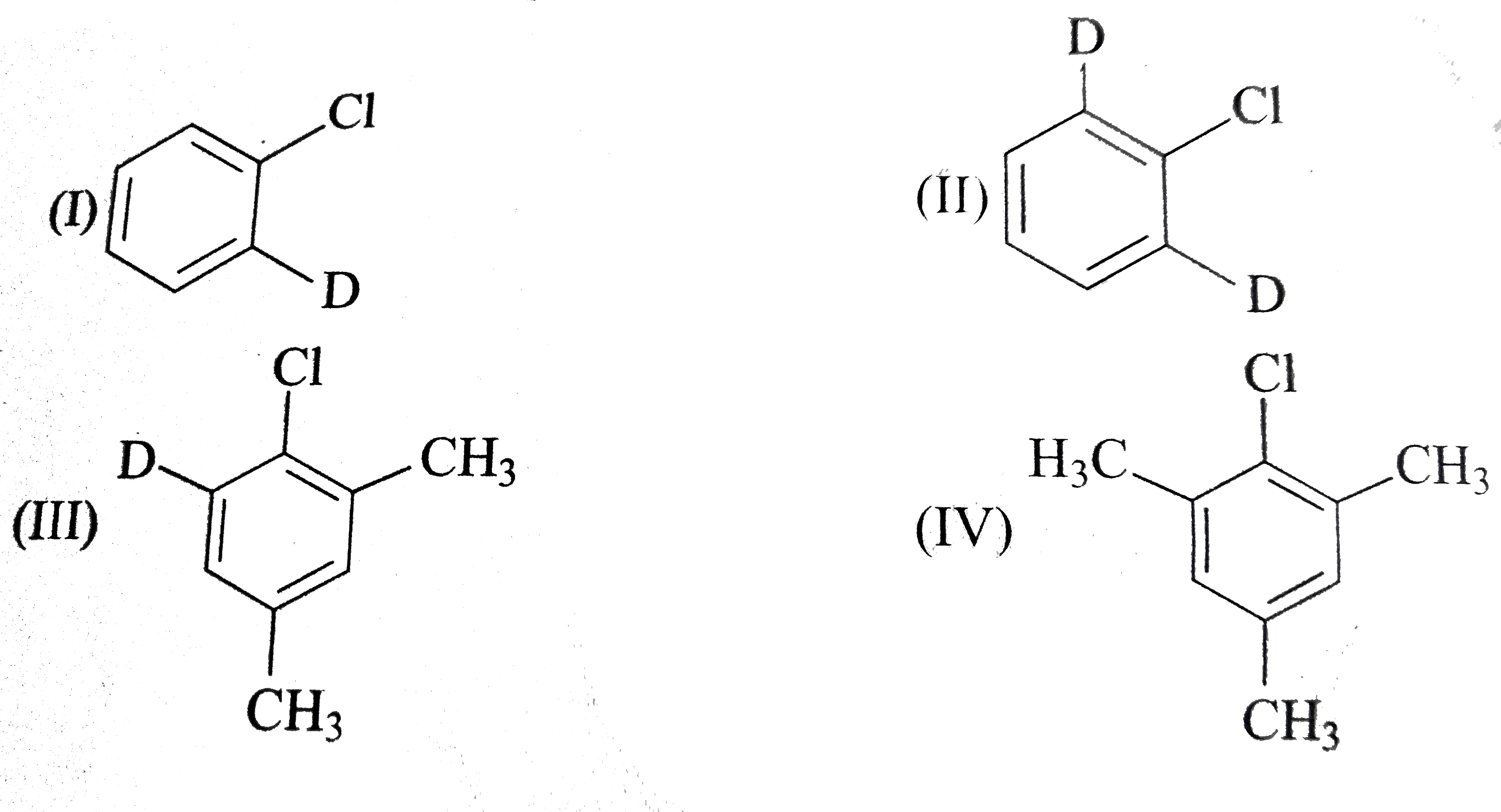

 rearranges to :
rearranges to :
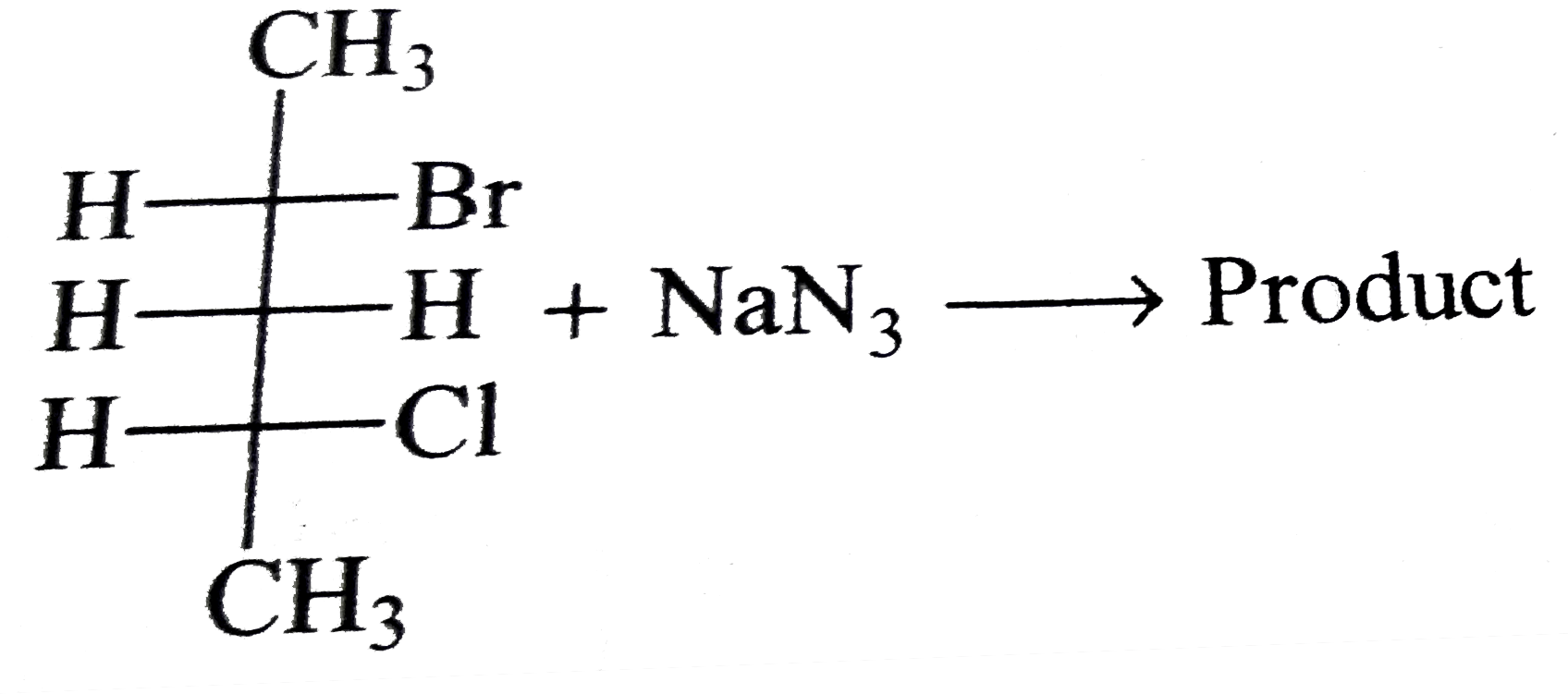
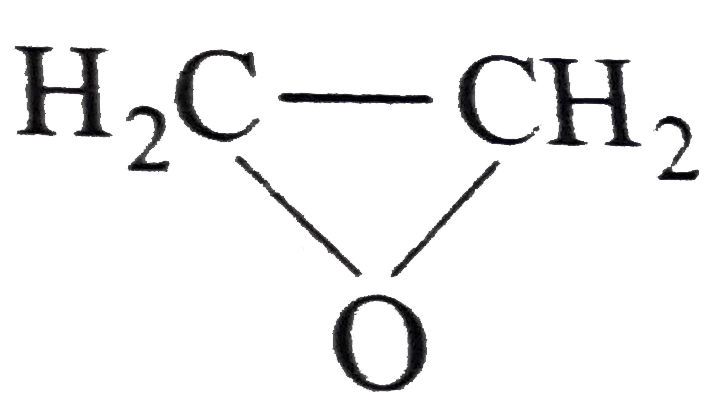 with RMgX, leads to the formation of :
with RMgX, leads to the formation of :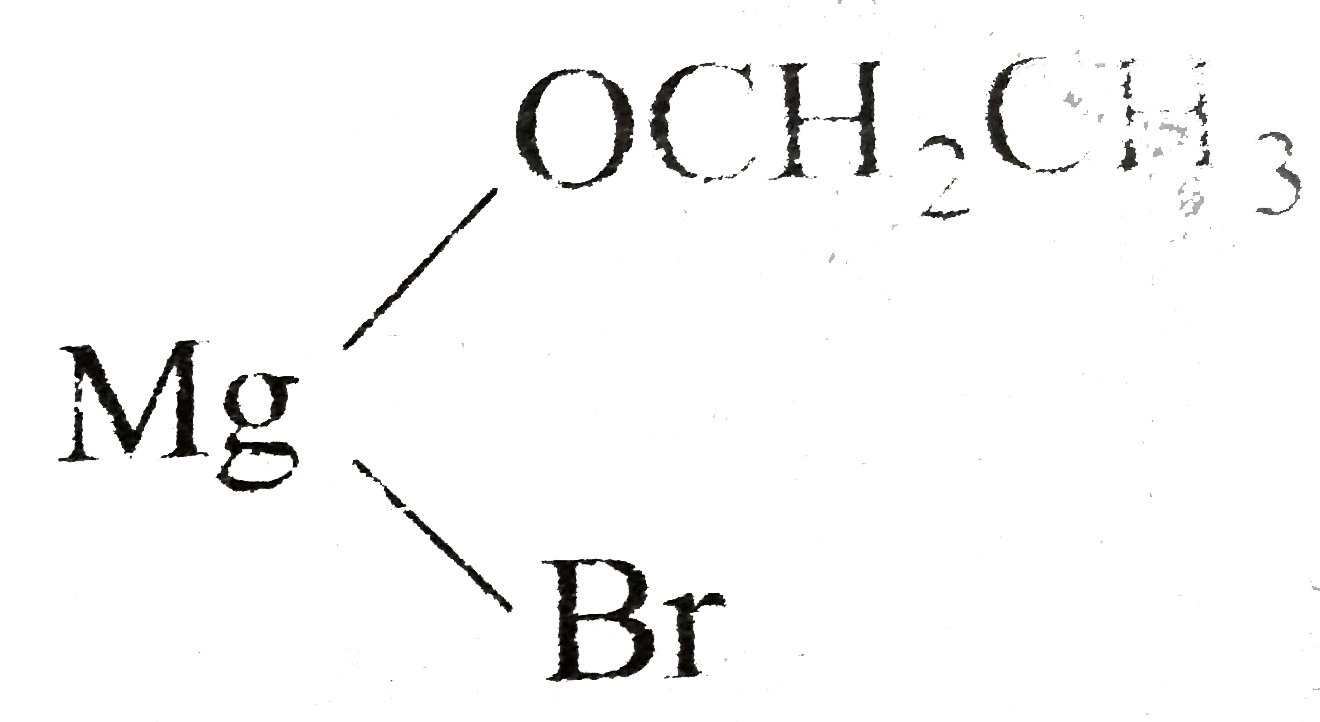 which of
which of  Product
Product 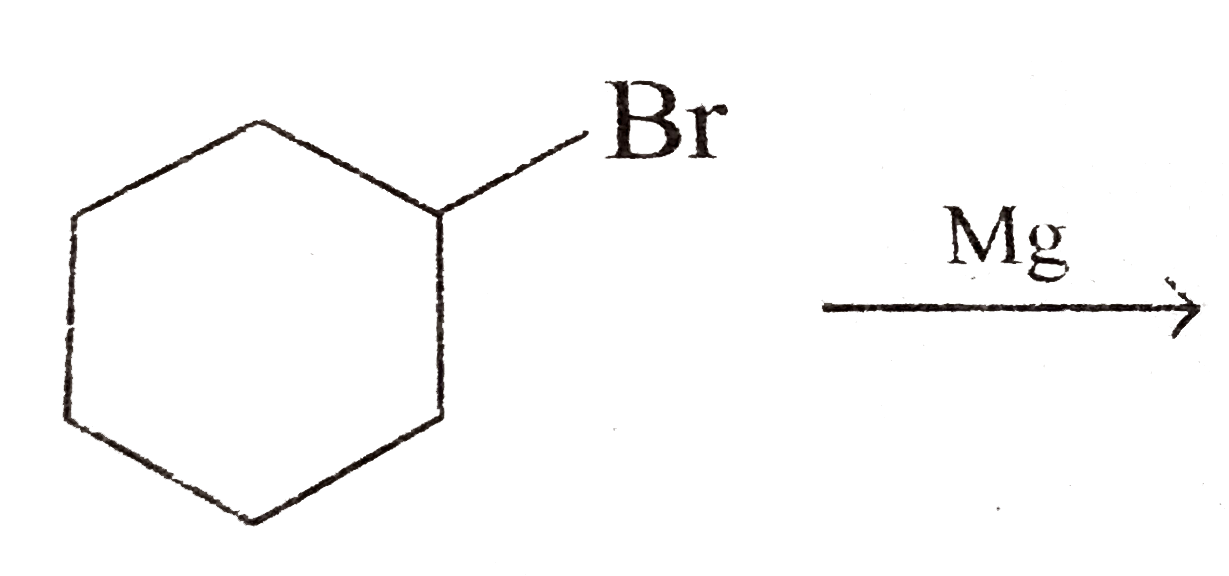
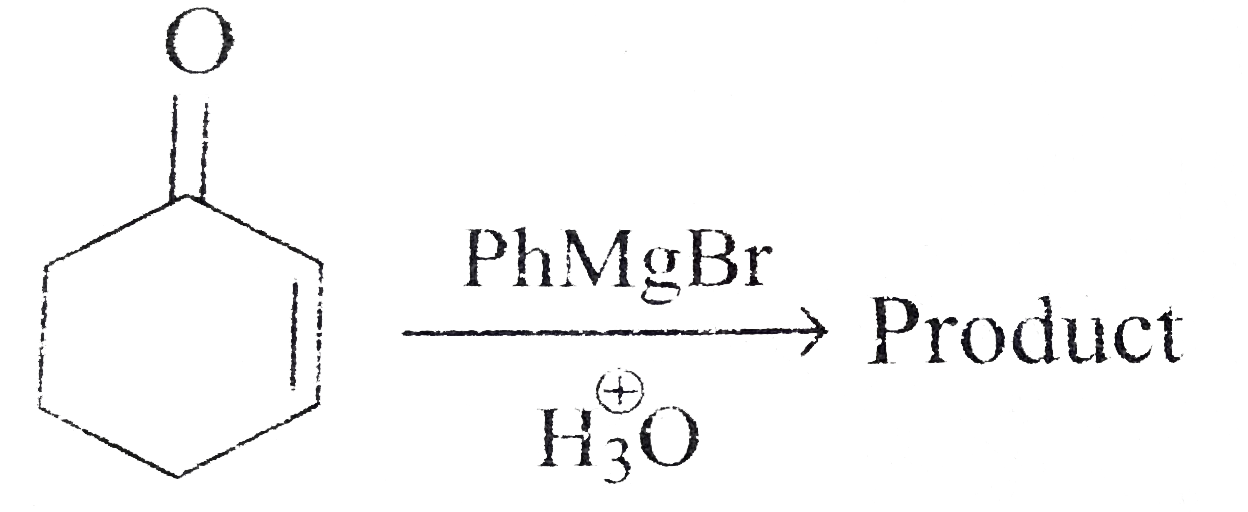
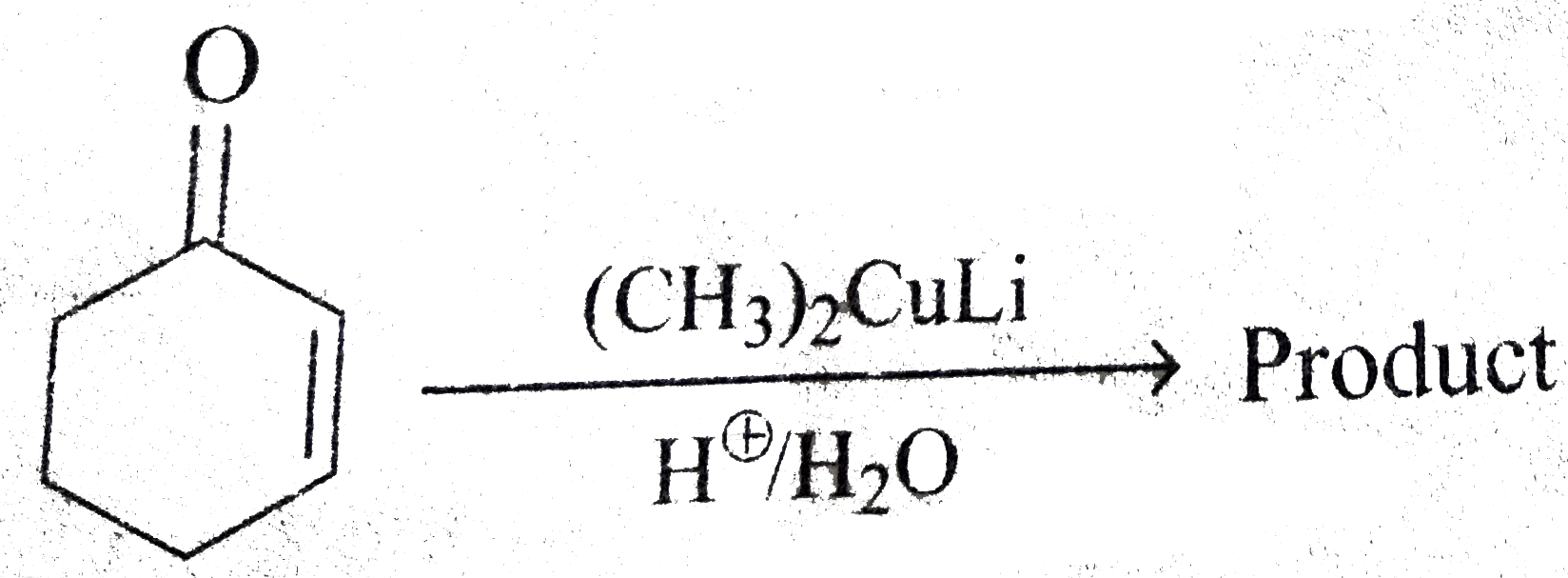


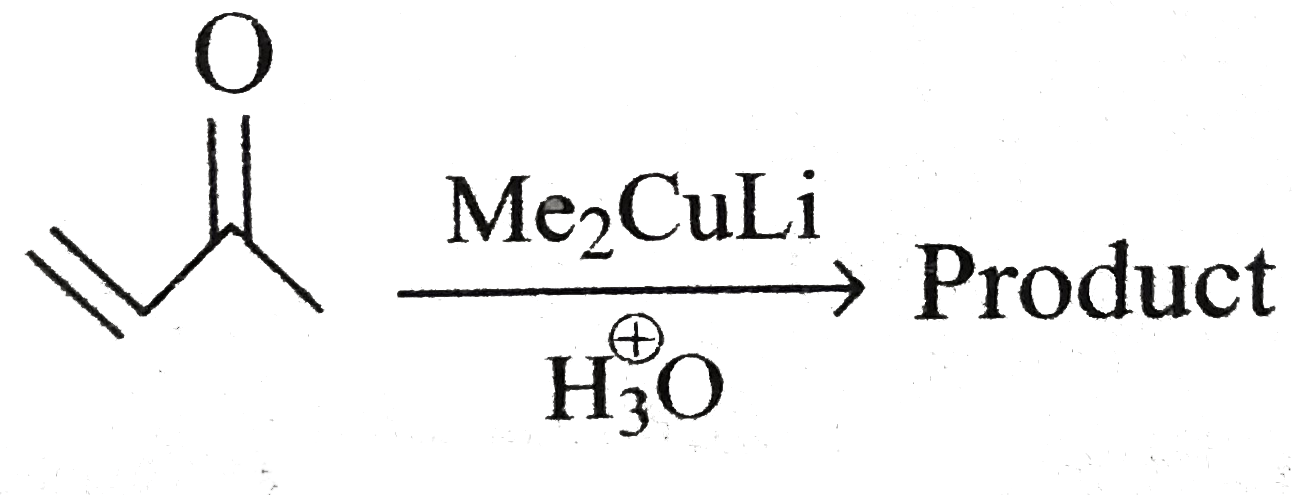

 Product
Product  Product
Product  Product :
Product :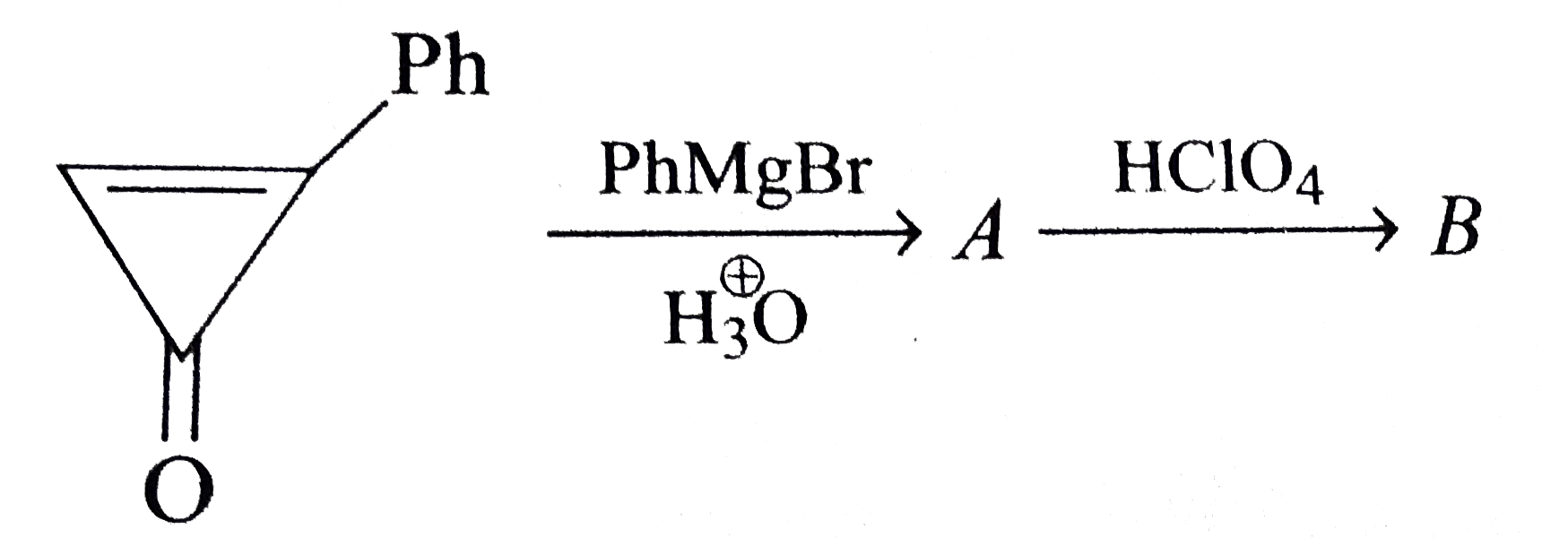

 Q
Q 




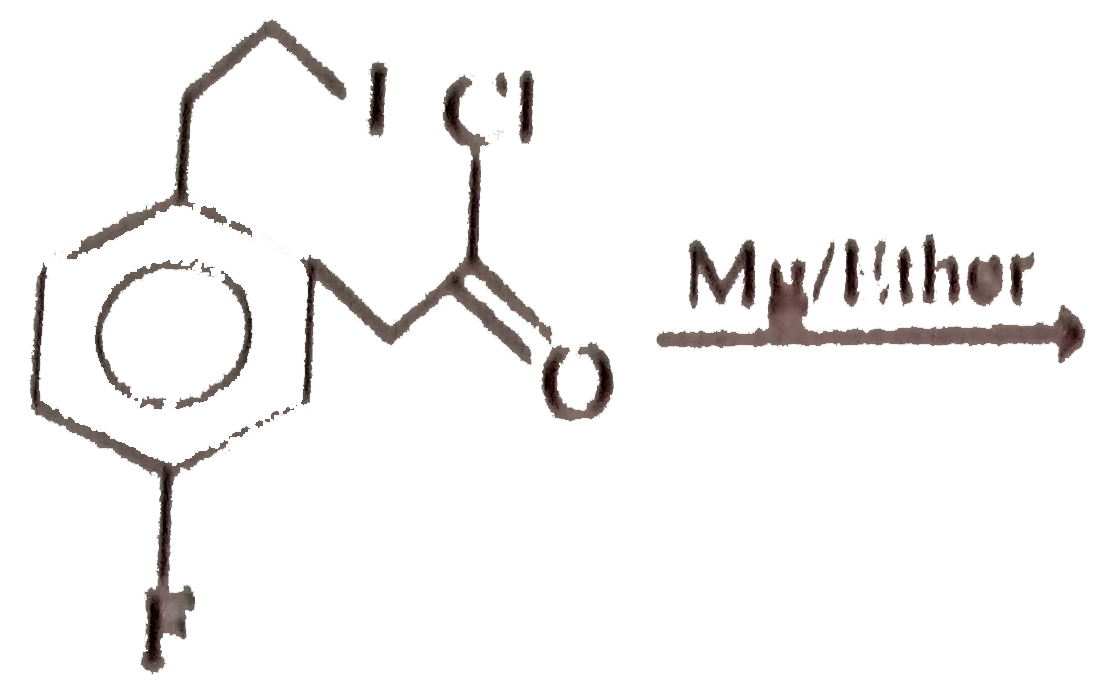
 Product
Product 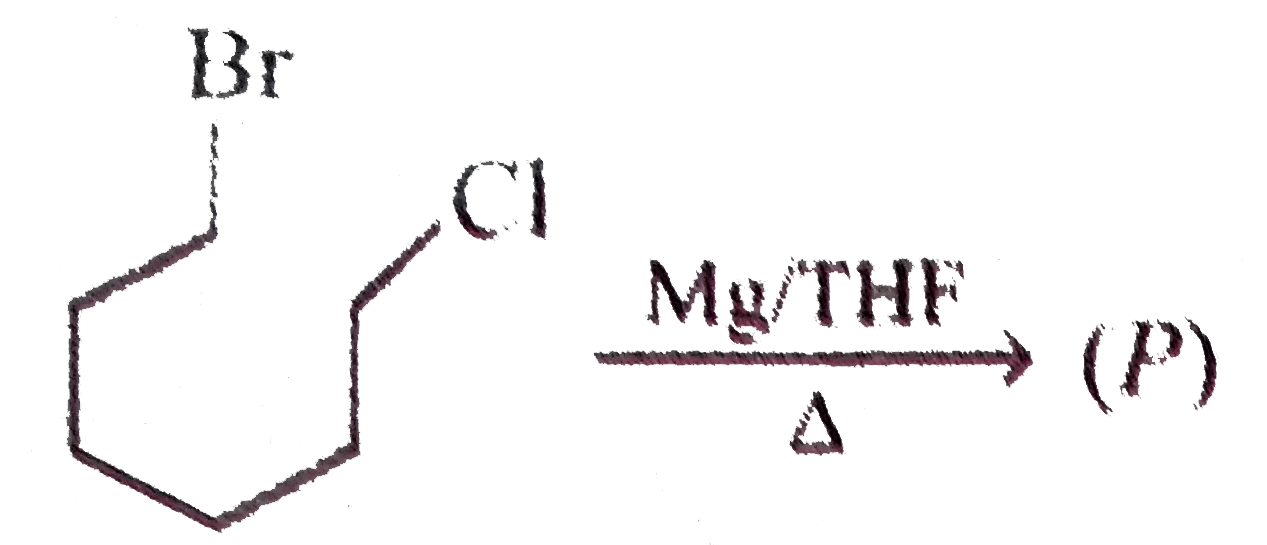
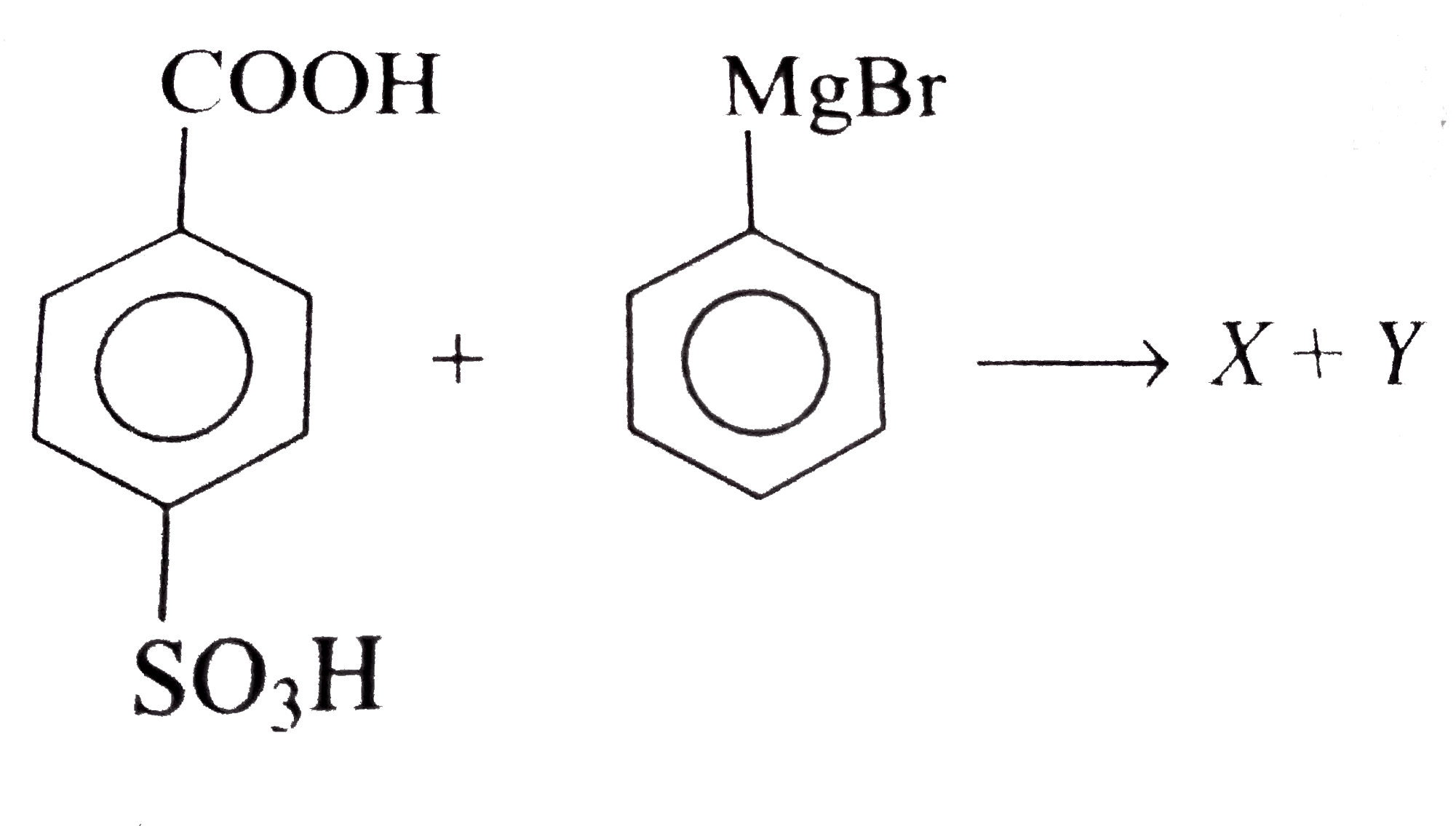 X and Y are respectively :
X and Y are respectively :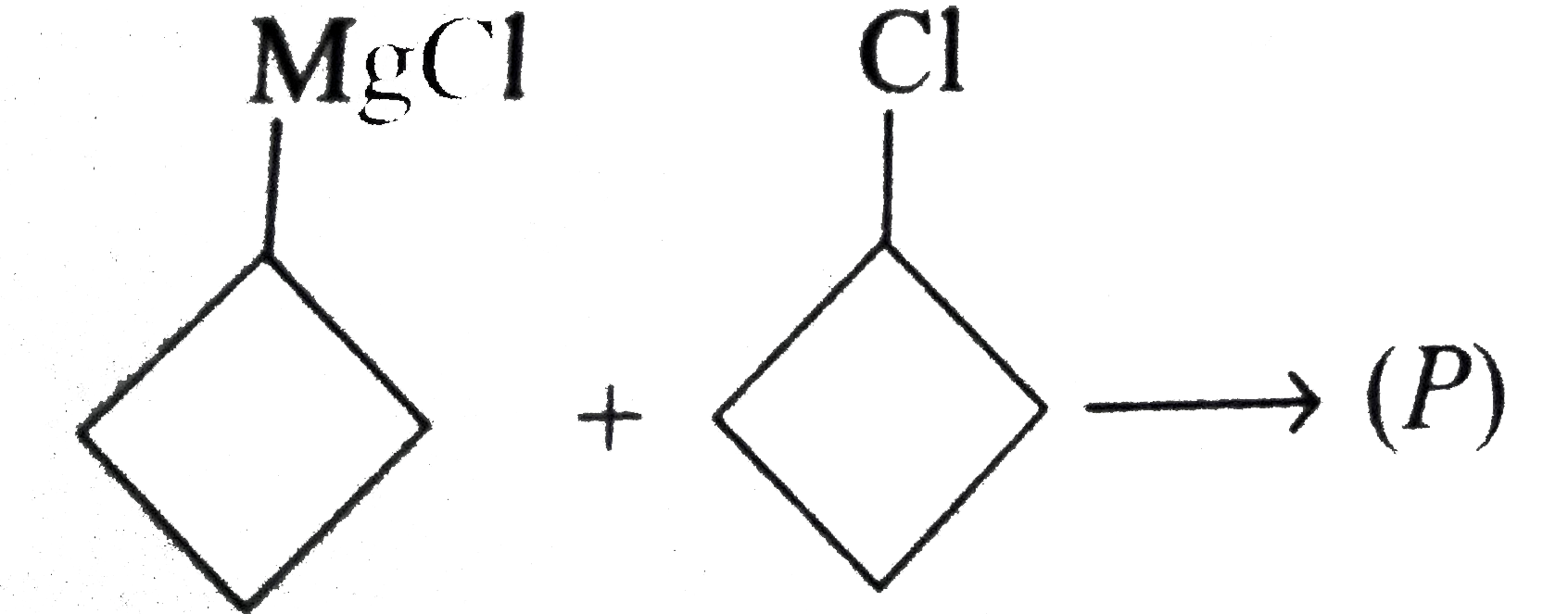

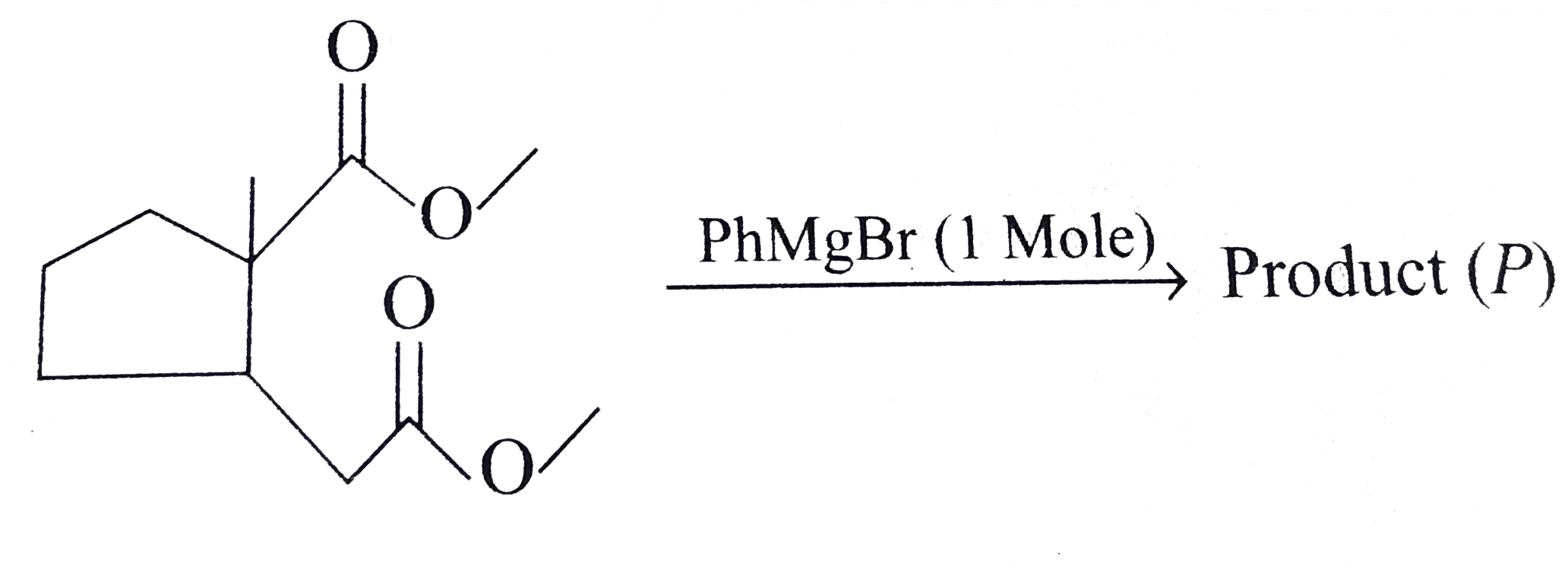
 (X), Product (X) is :
(X), Product (X) is :
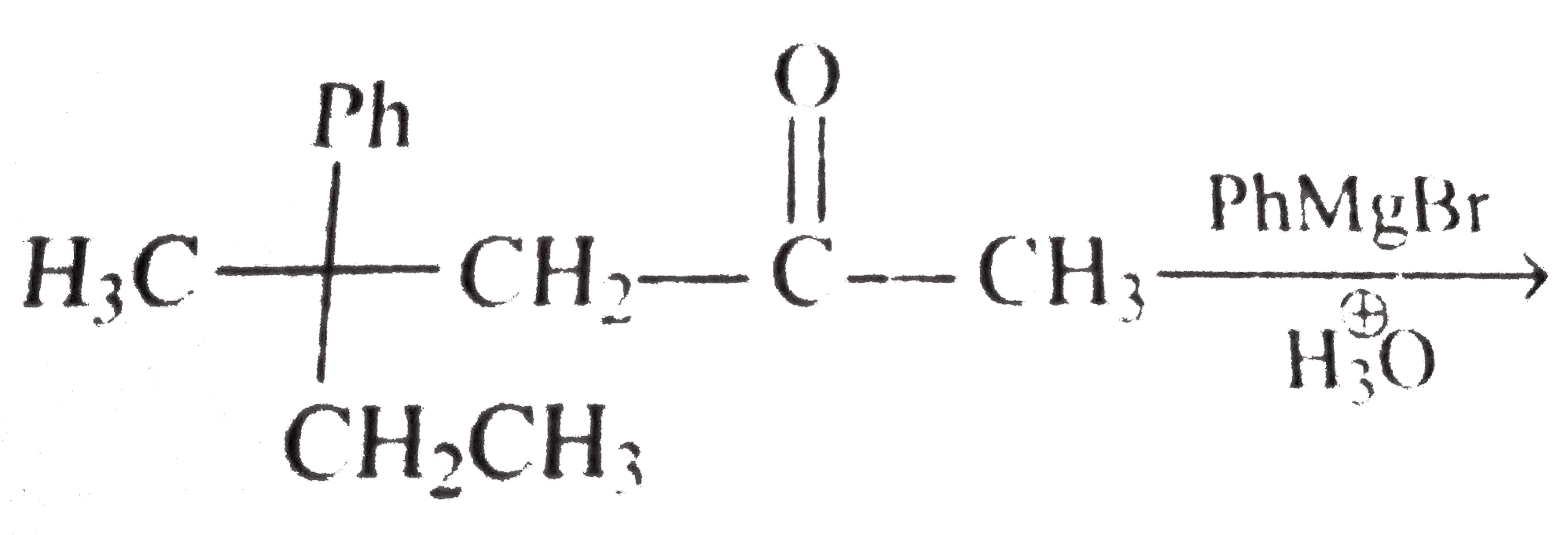
 Major Product :
Major Product :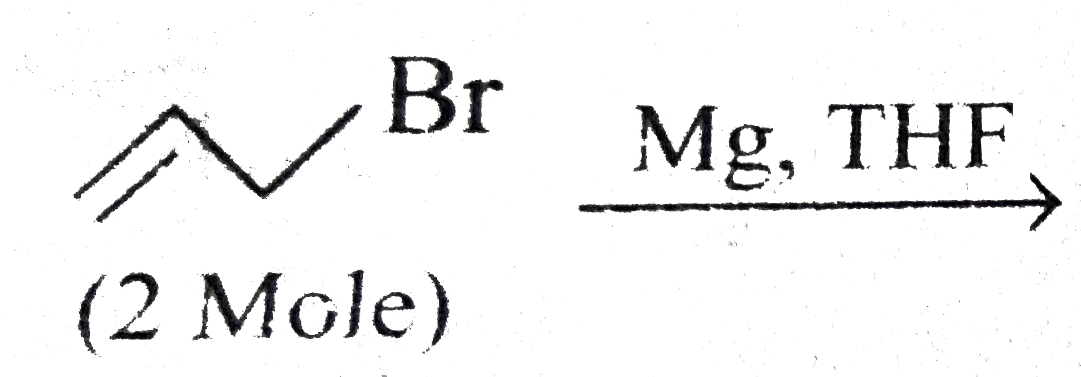 Find the major product :
Find the major product : Y,
Y,  (A), Product (A) in this reaction is :
(A), Product (A) in this reaction is :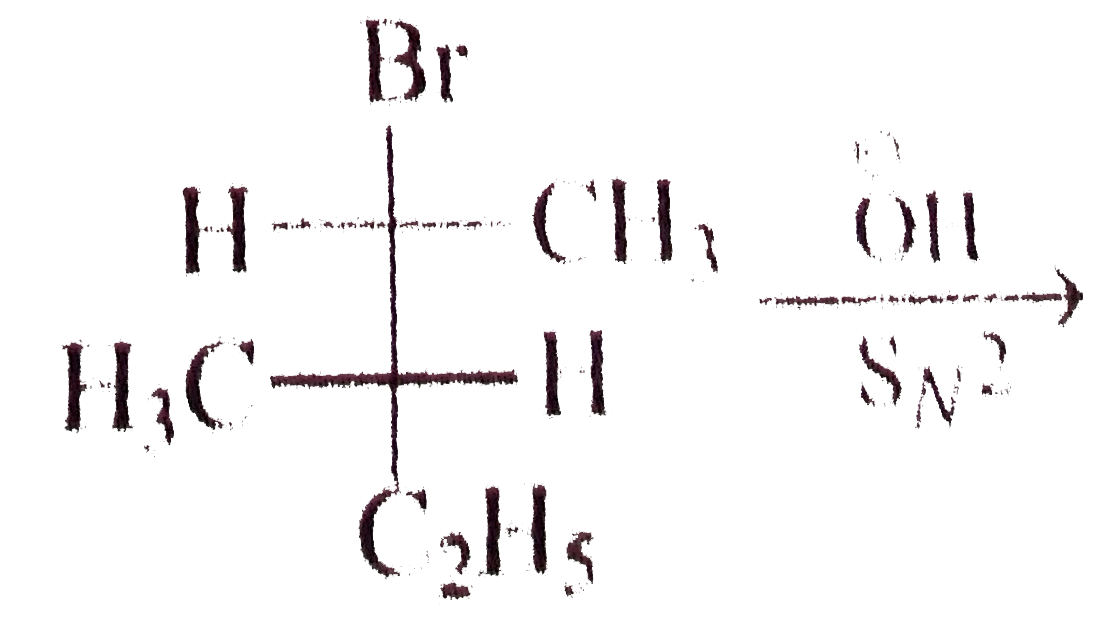

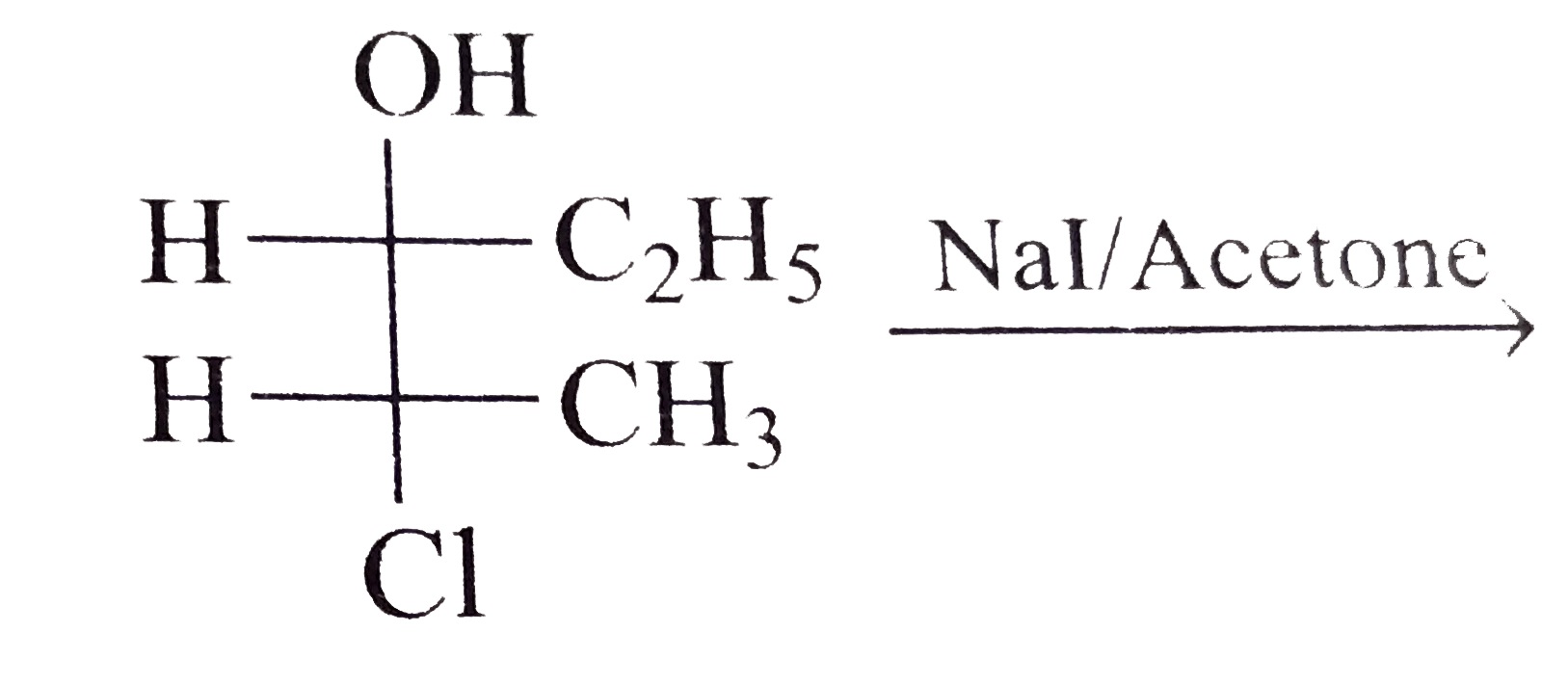
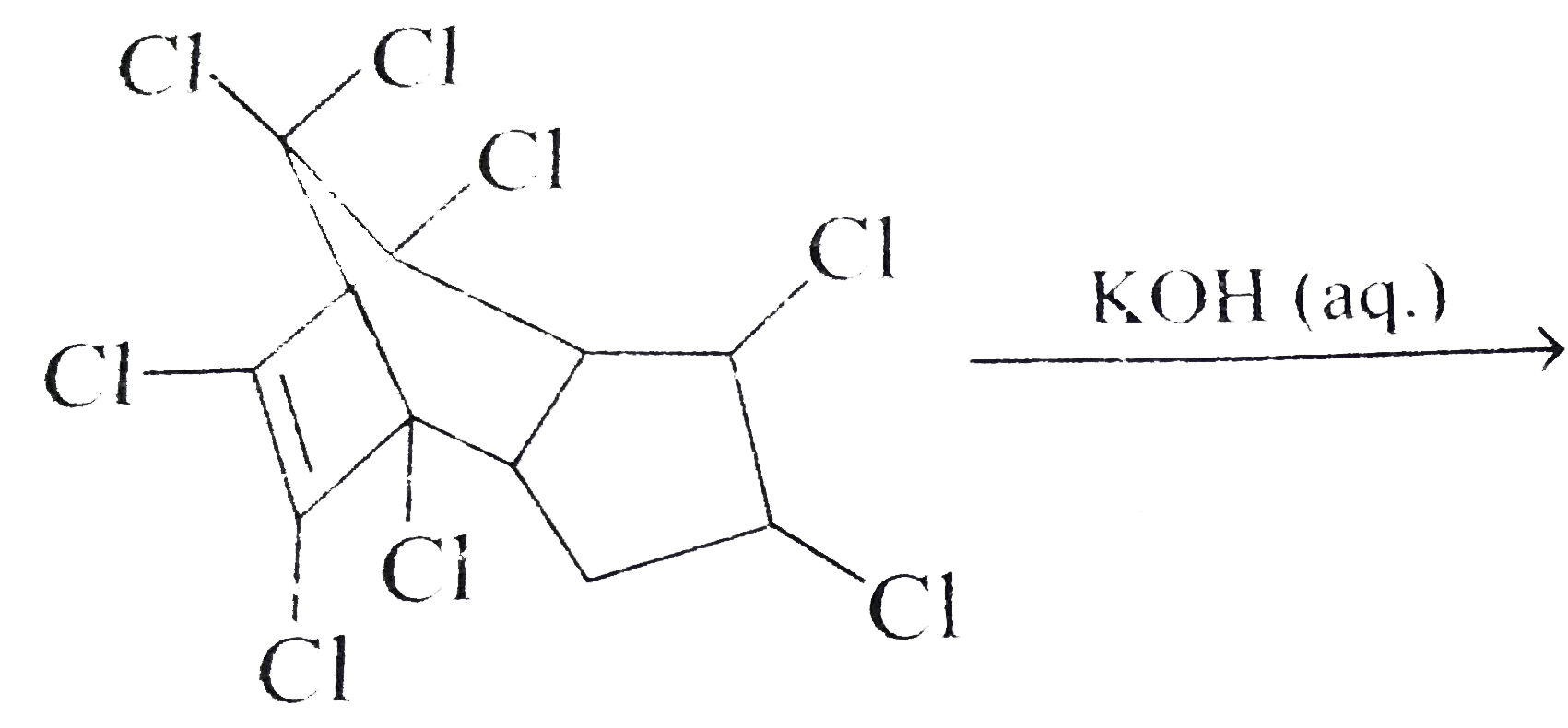



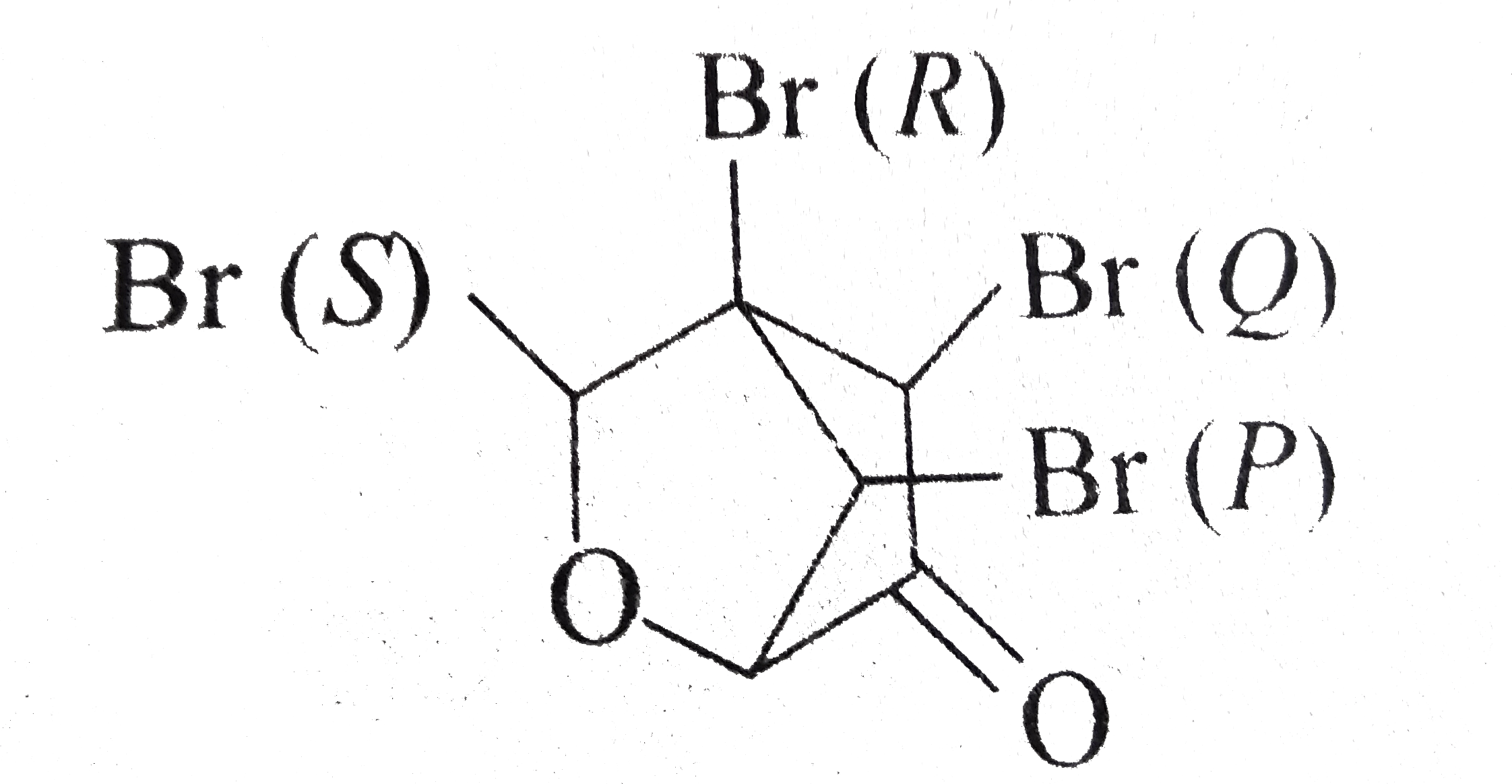







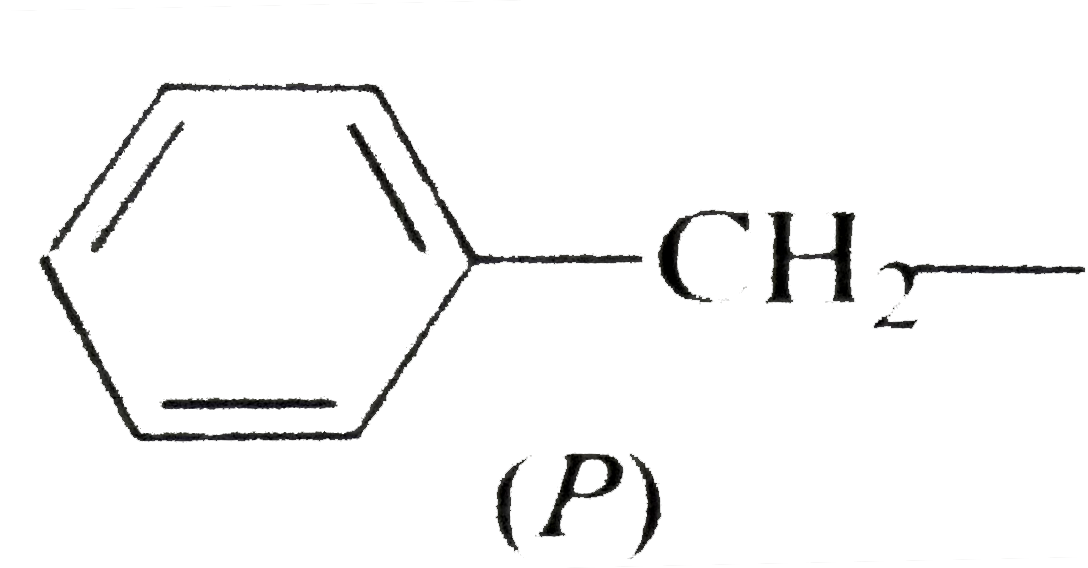
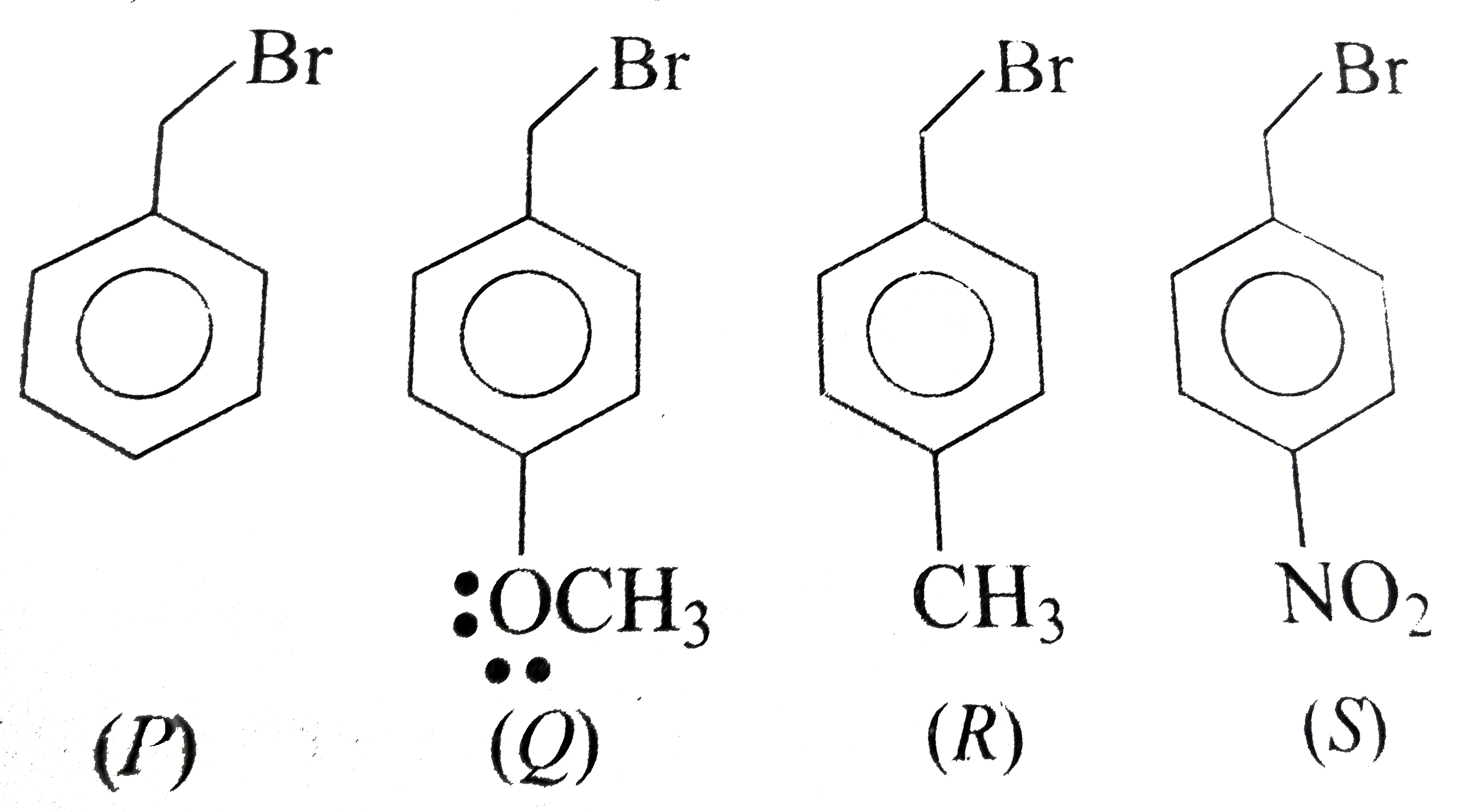






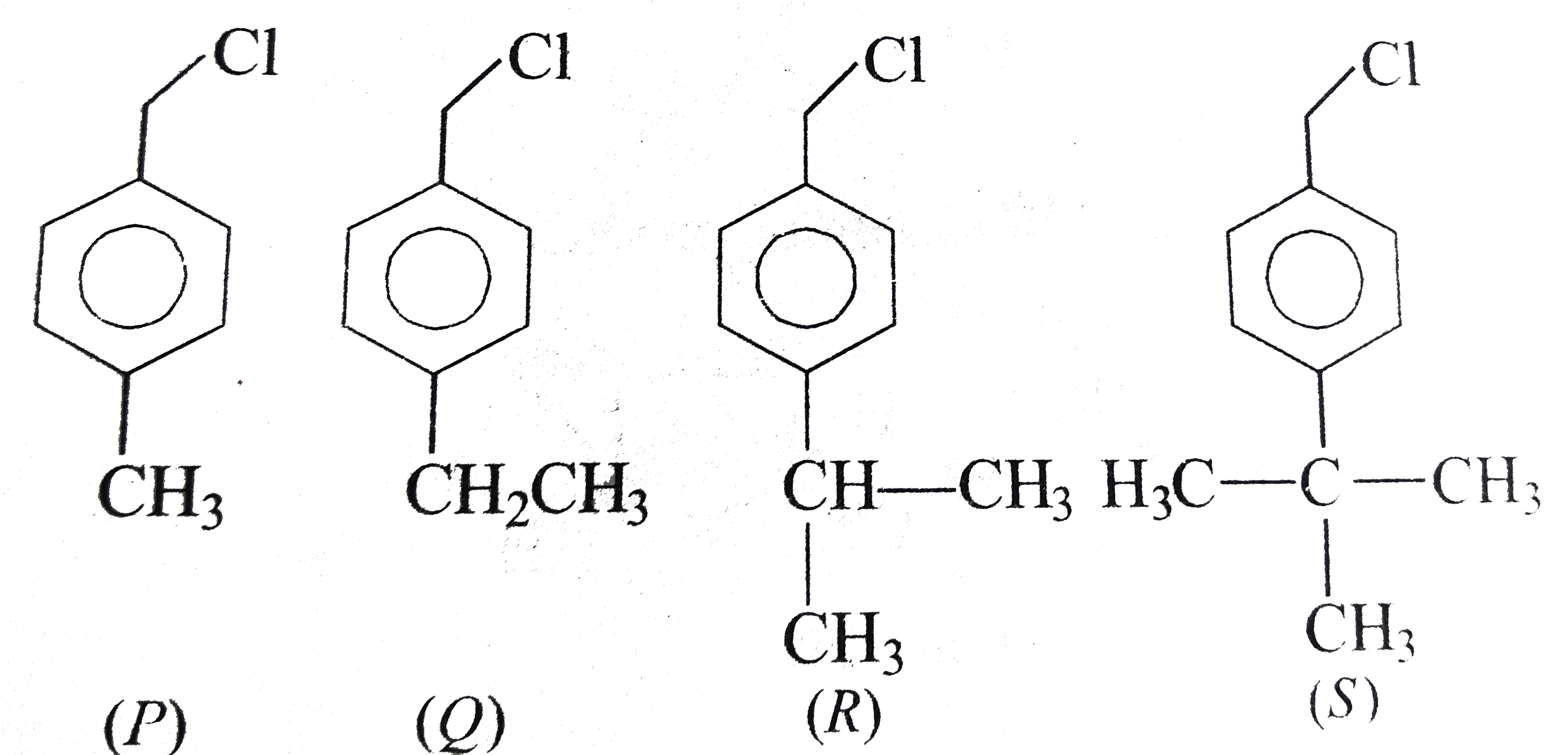

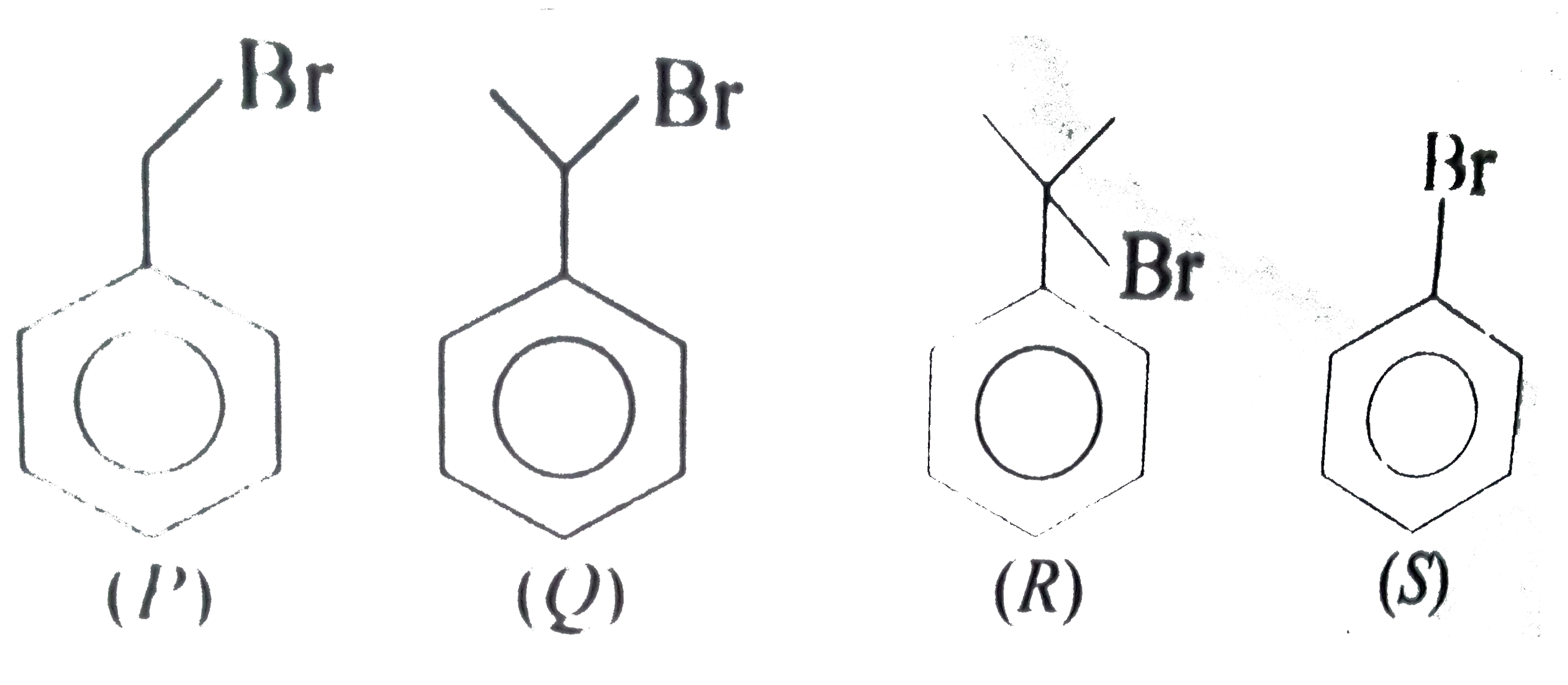



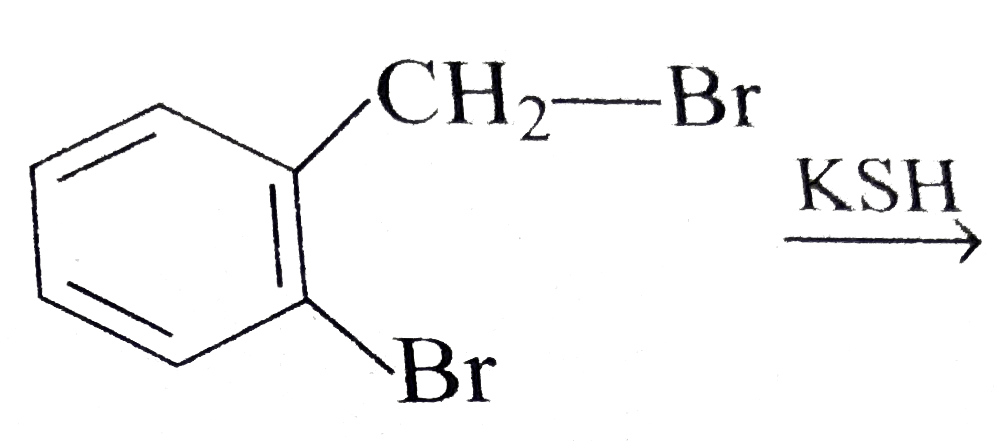
 Product :
Product :






 Product
Product 

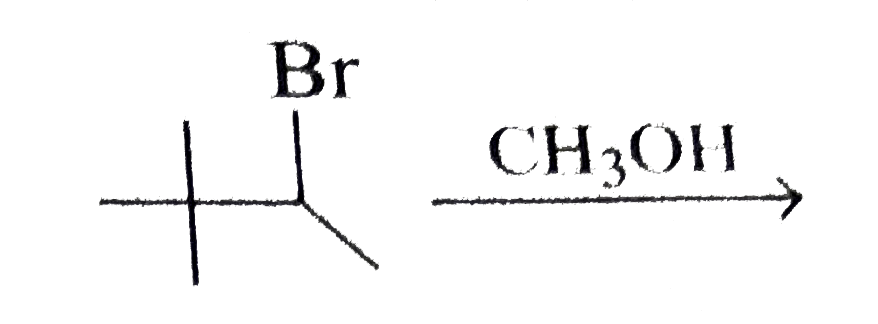
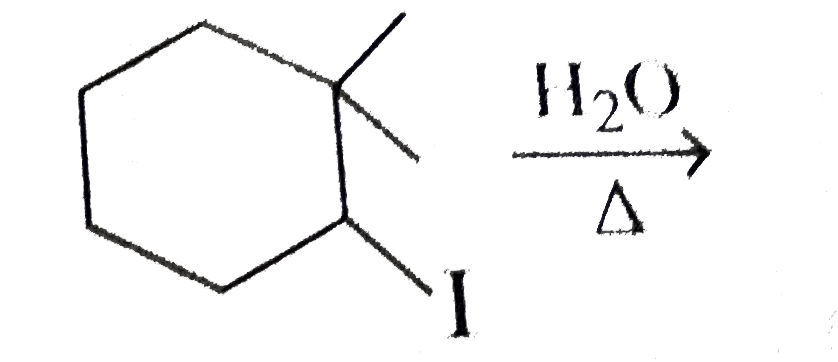

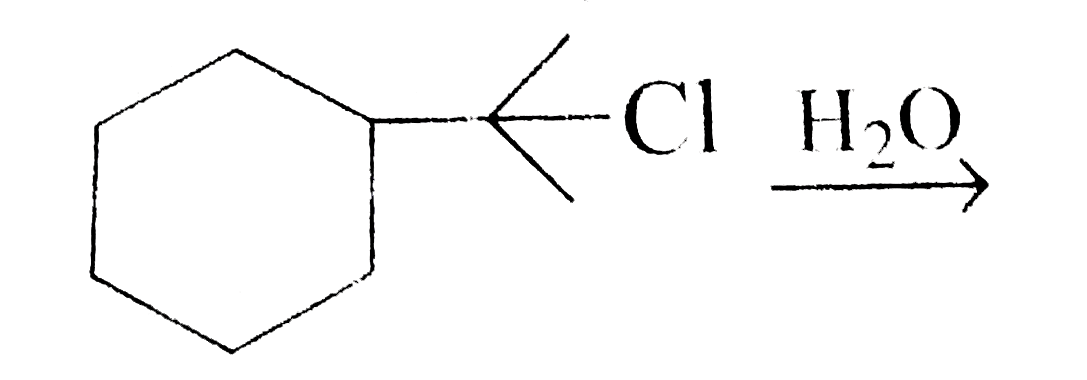
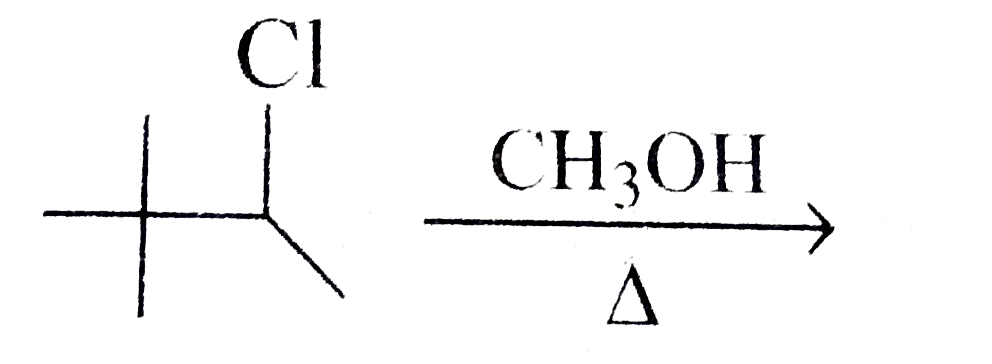

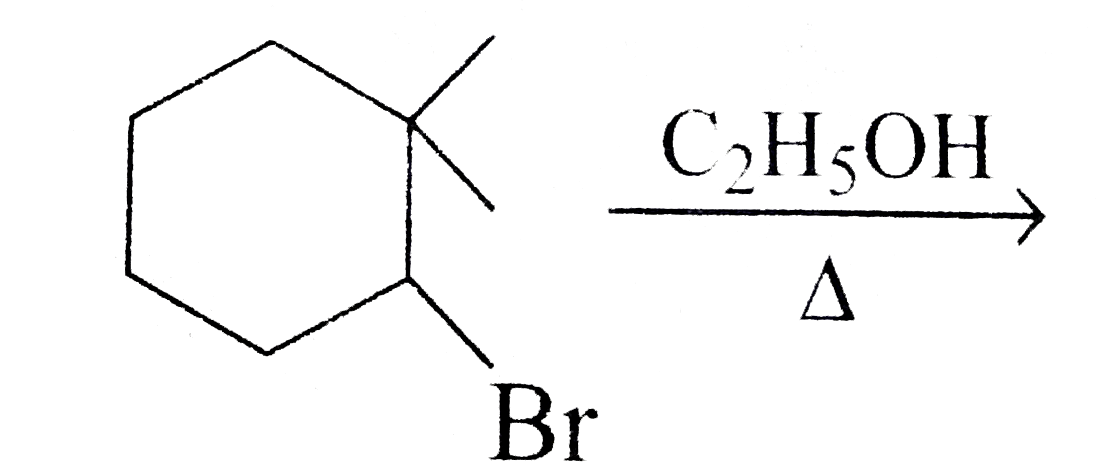
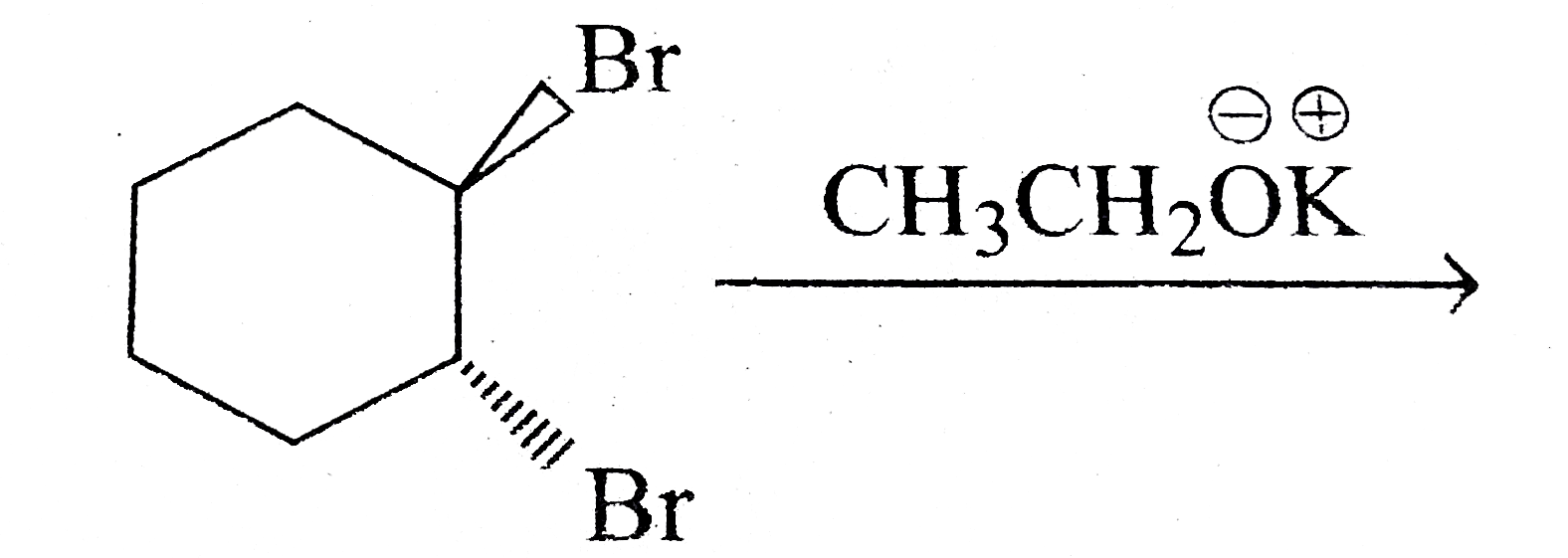
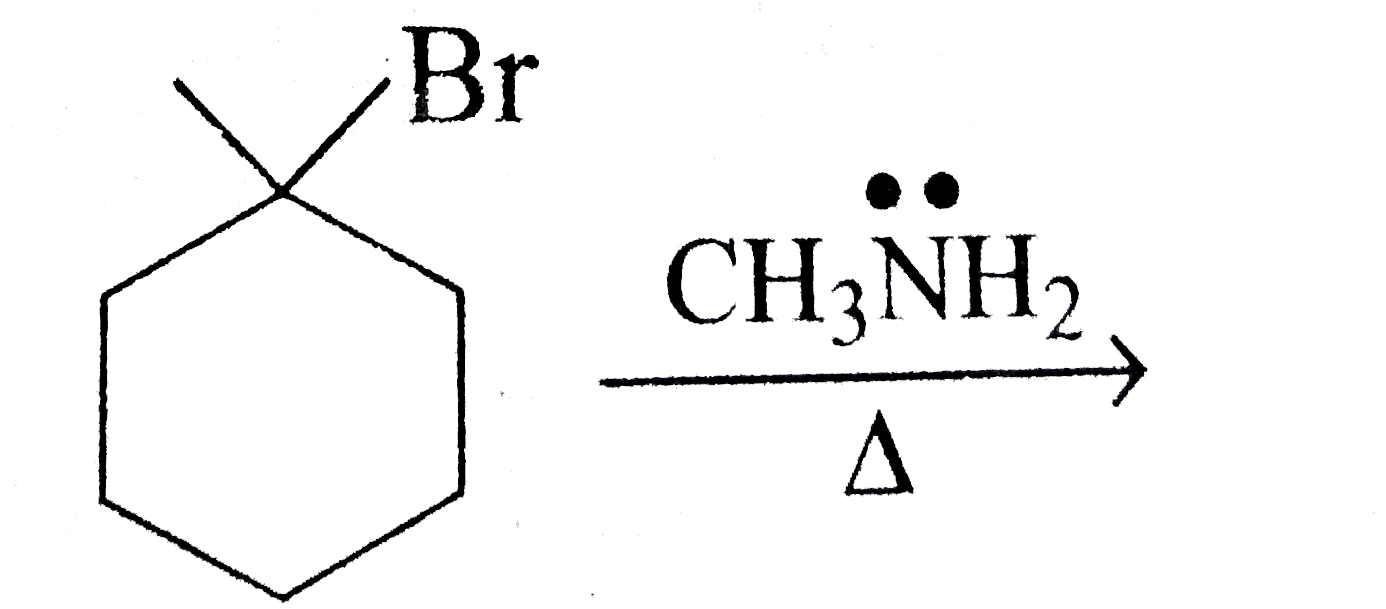
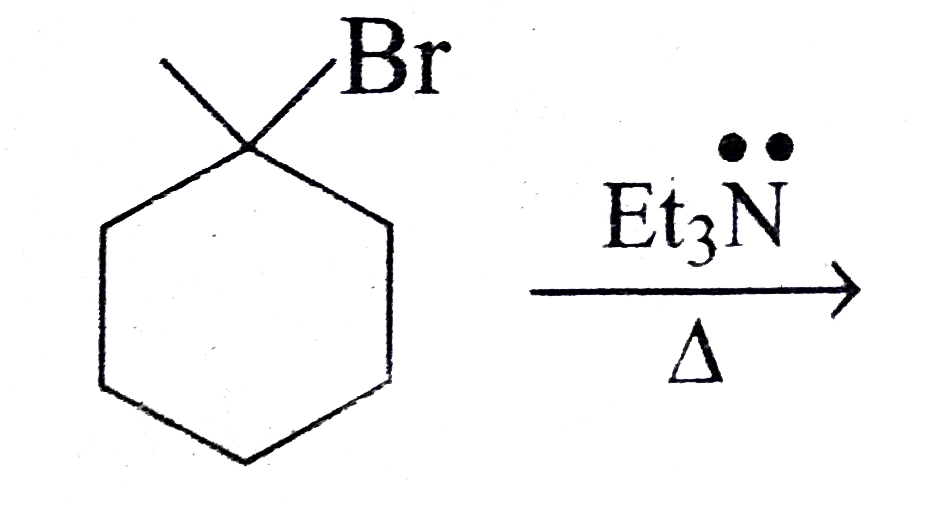




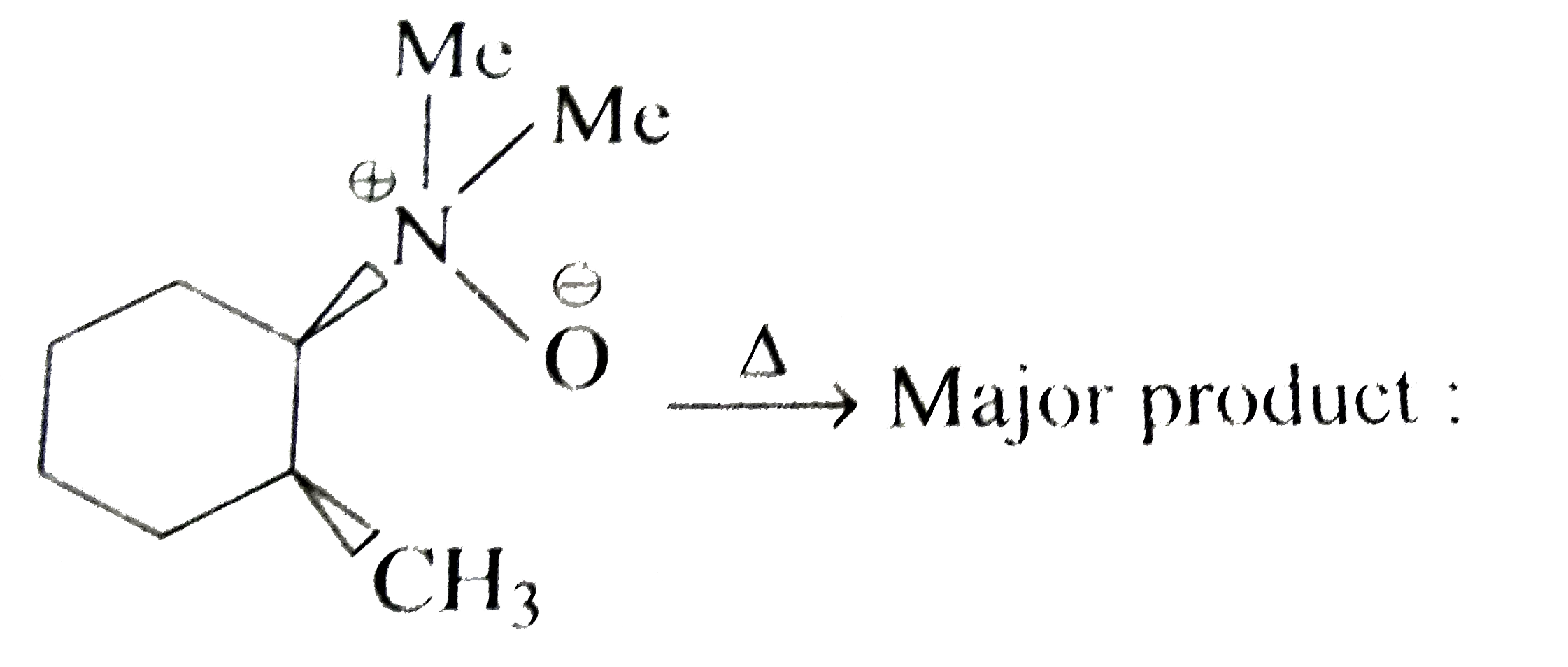
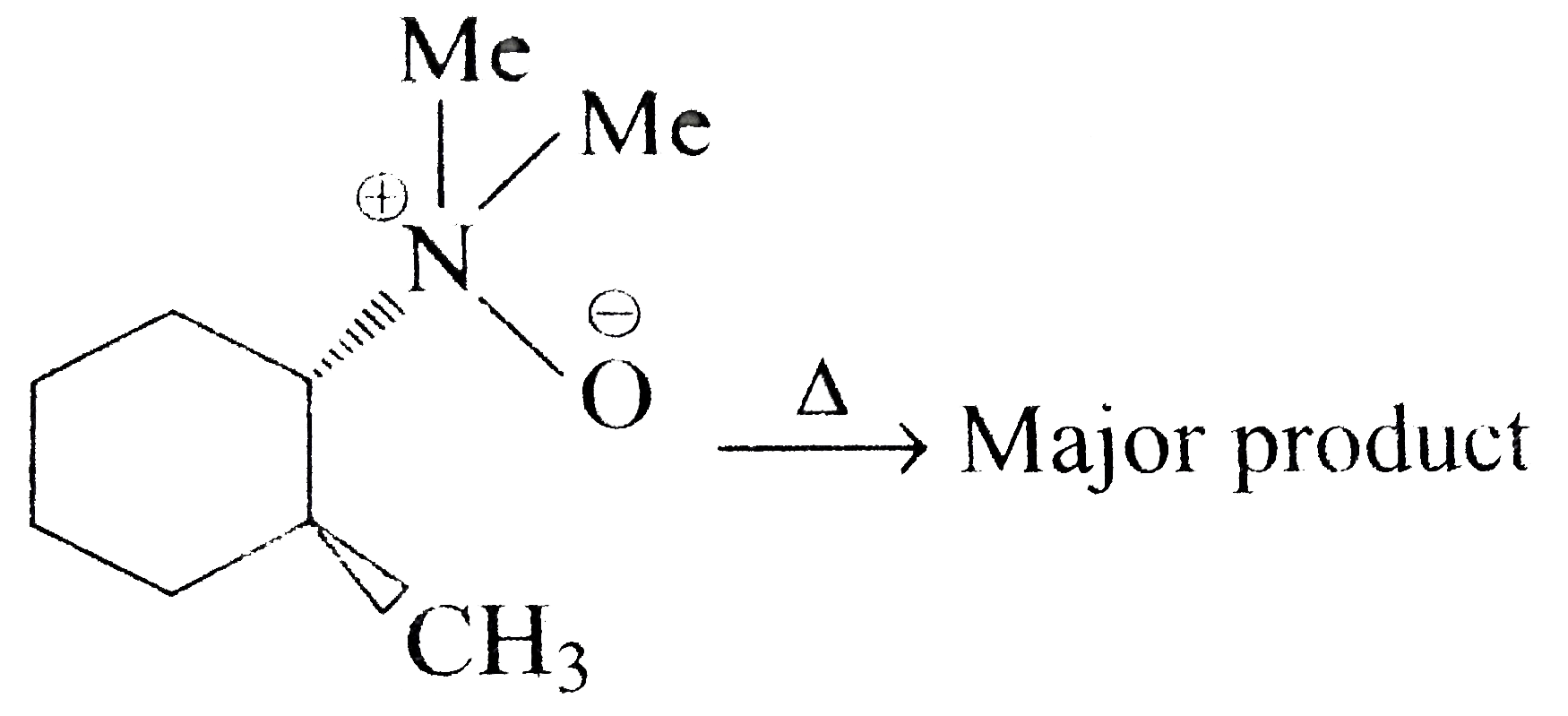

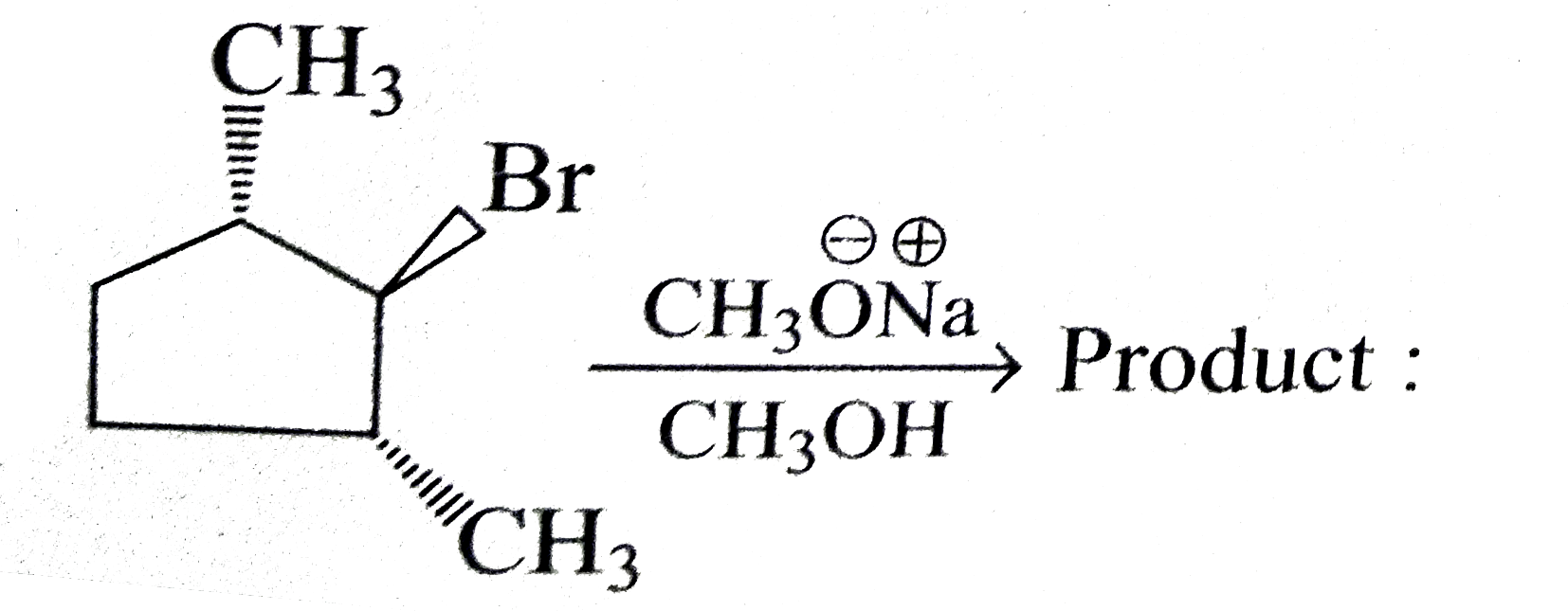
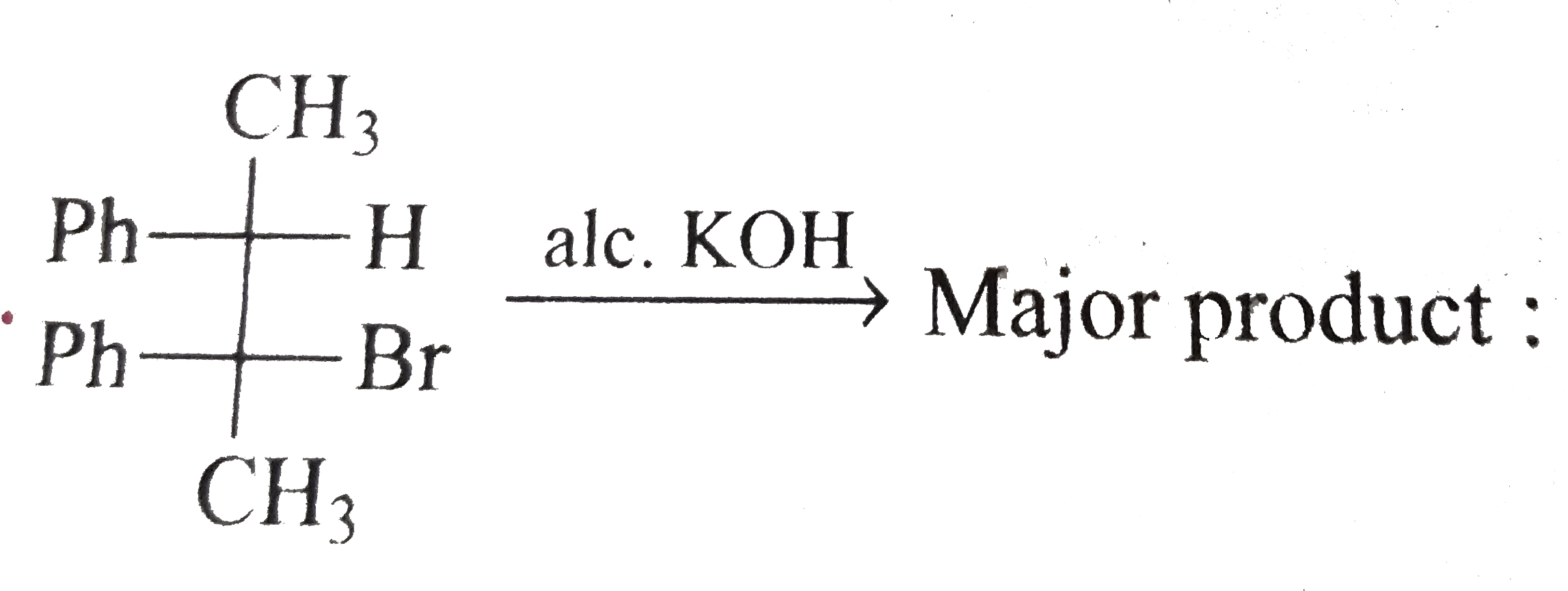
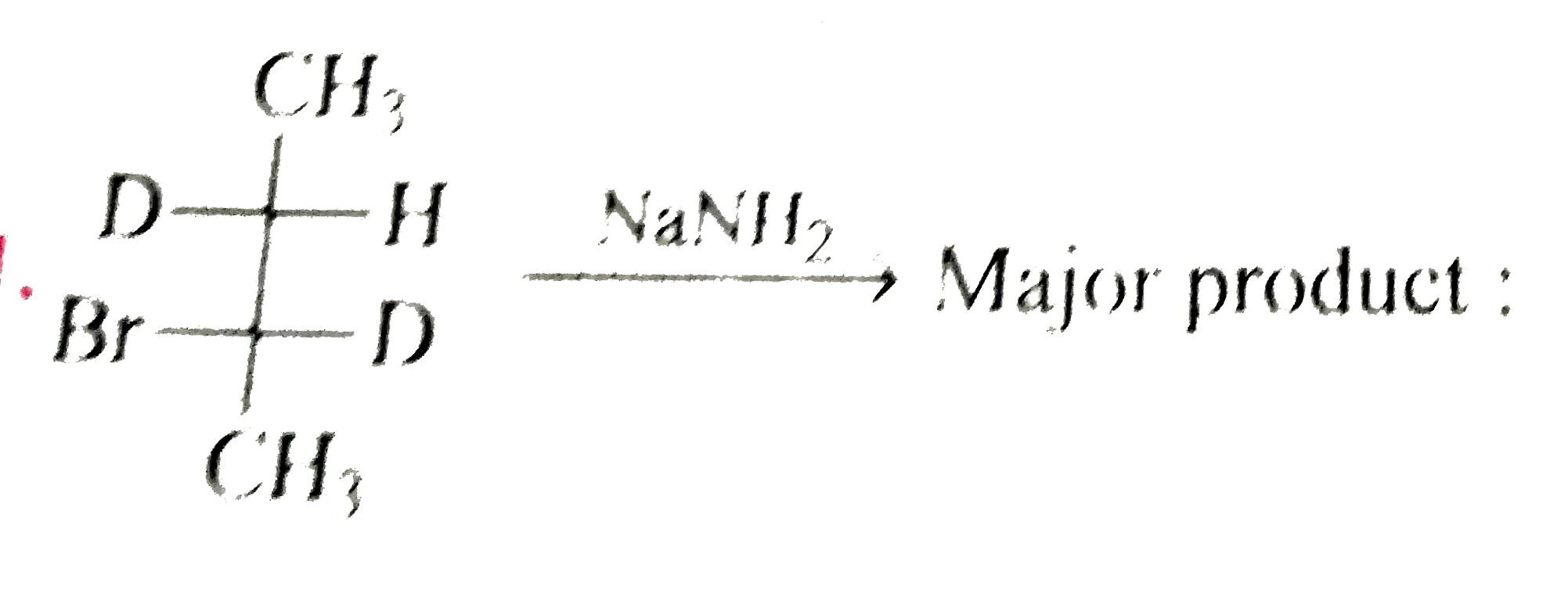

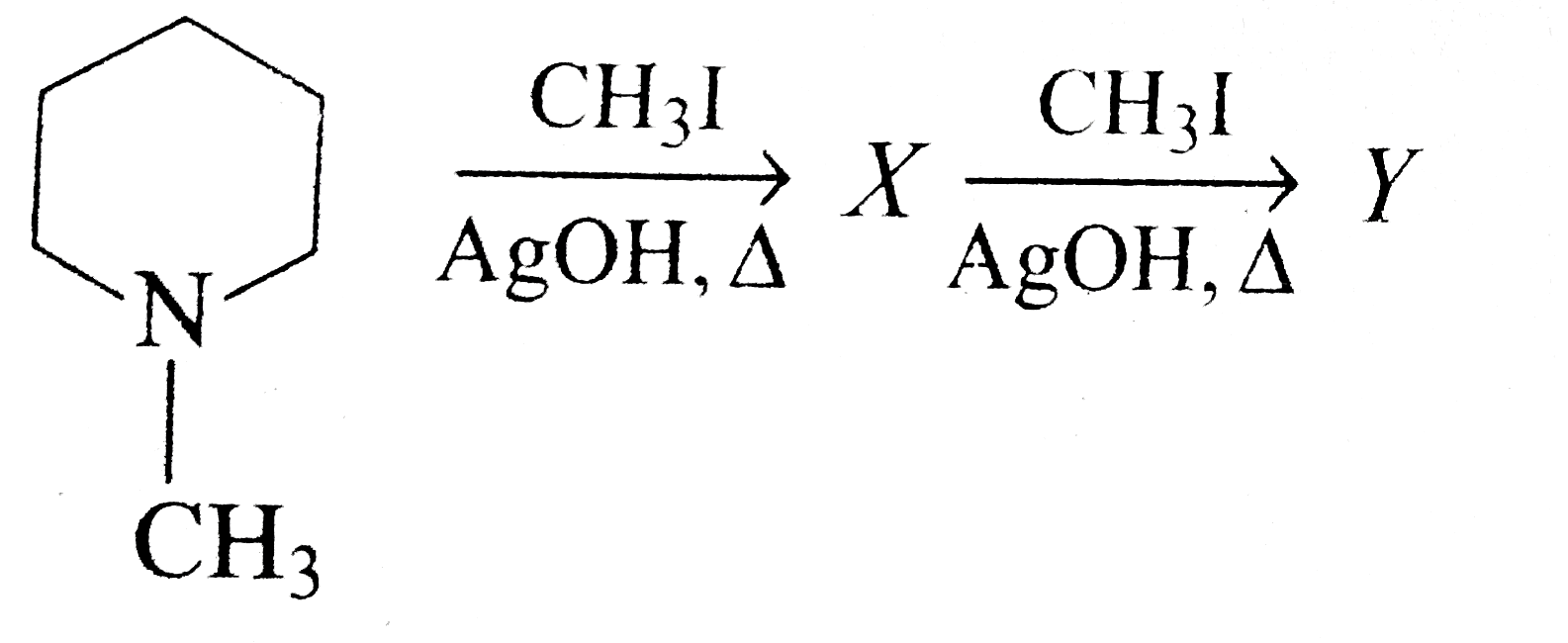
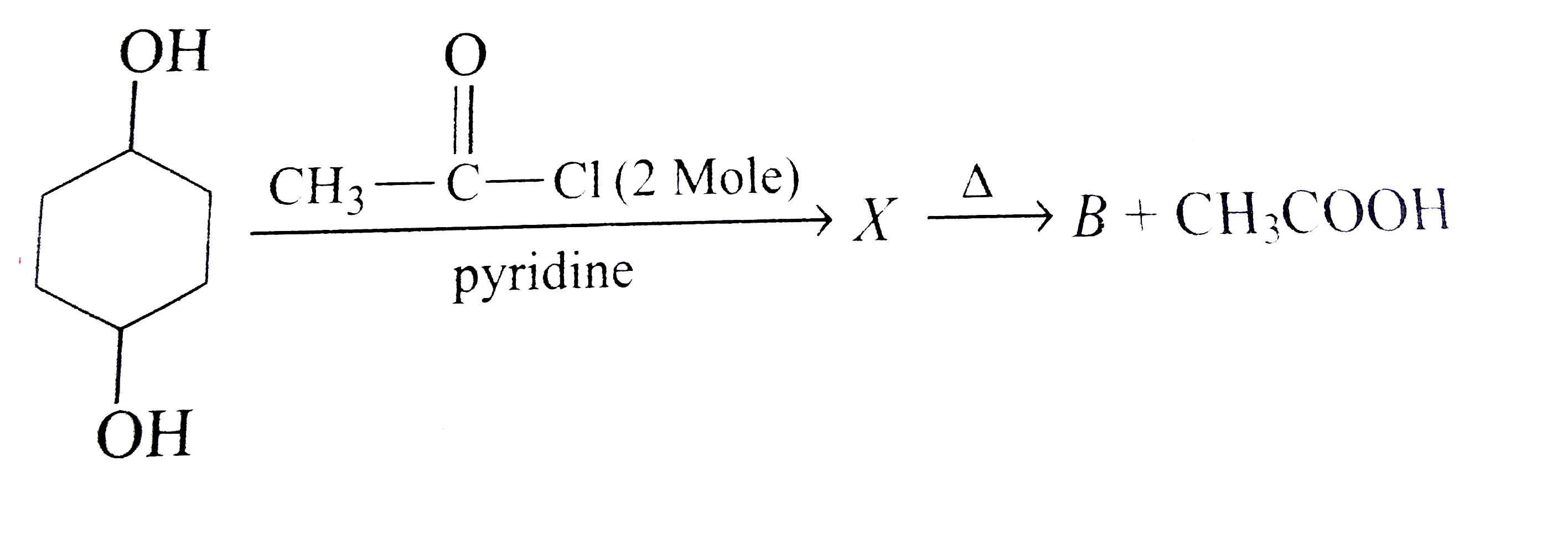
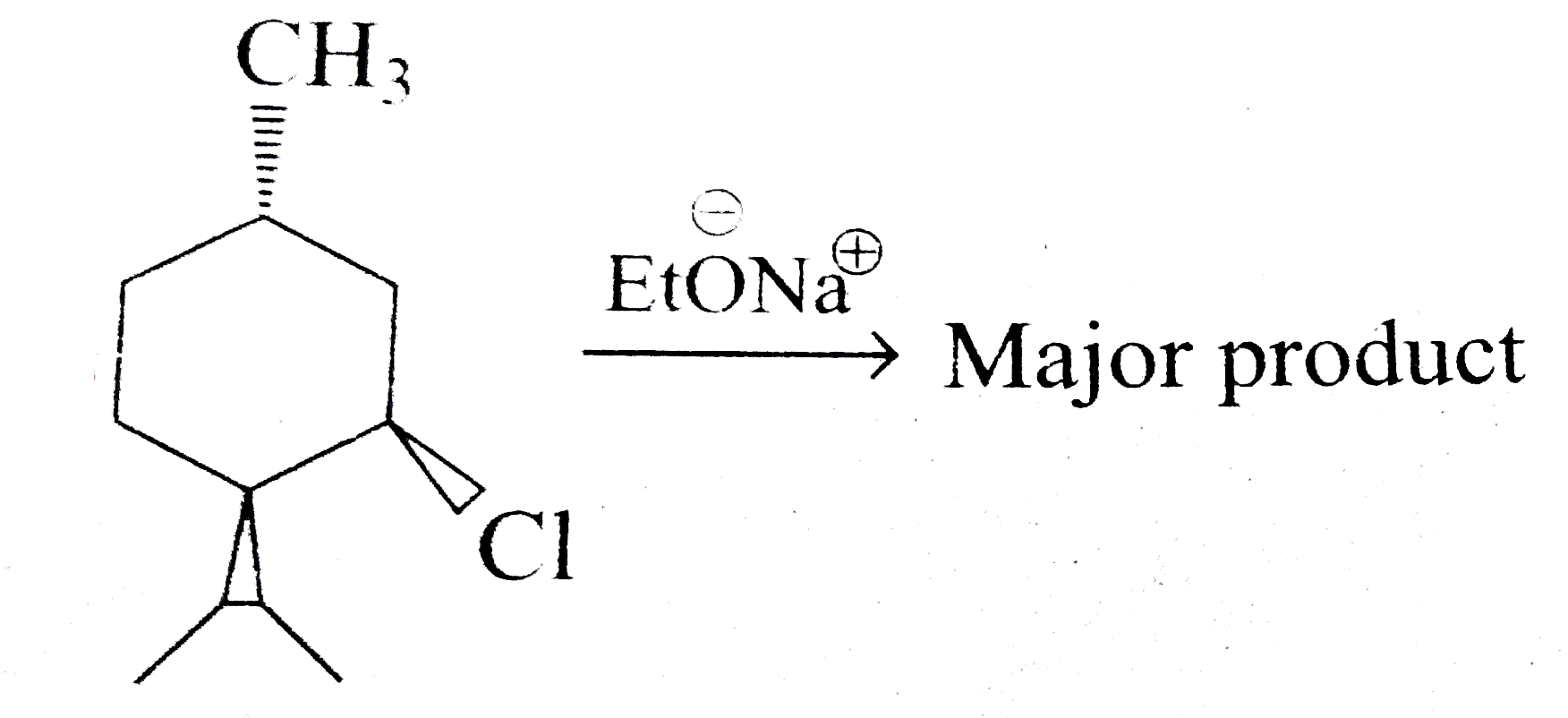



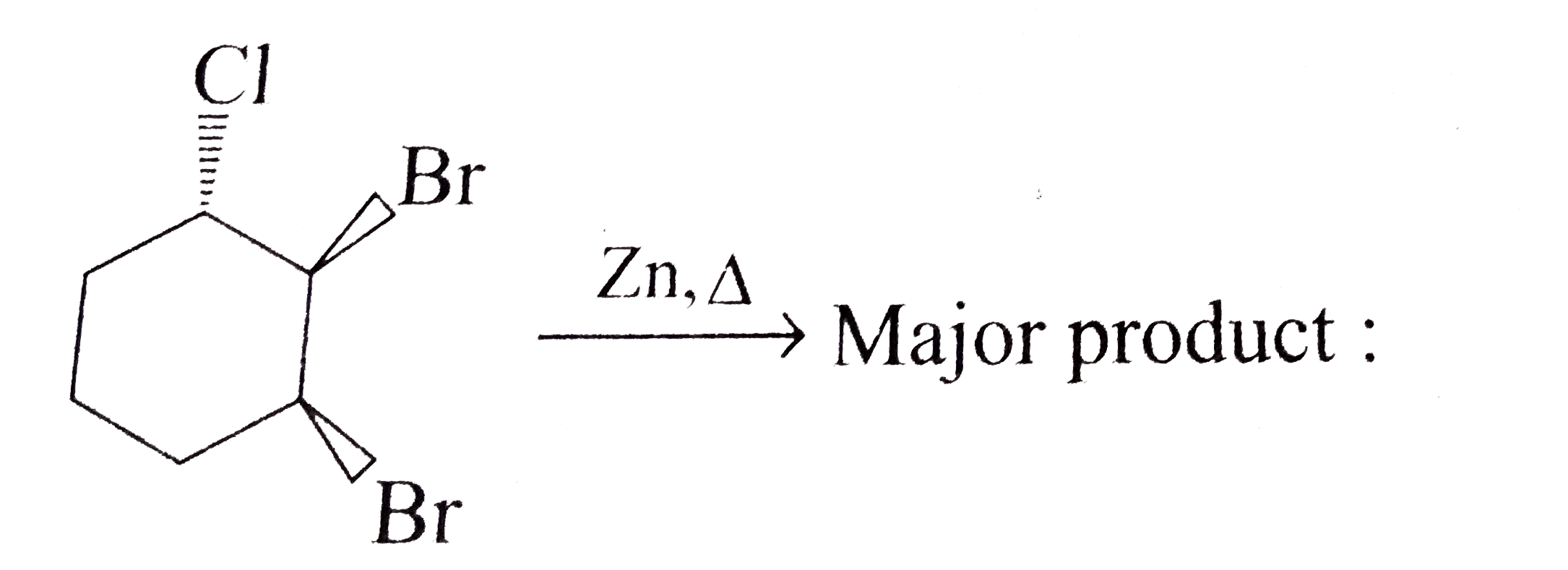
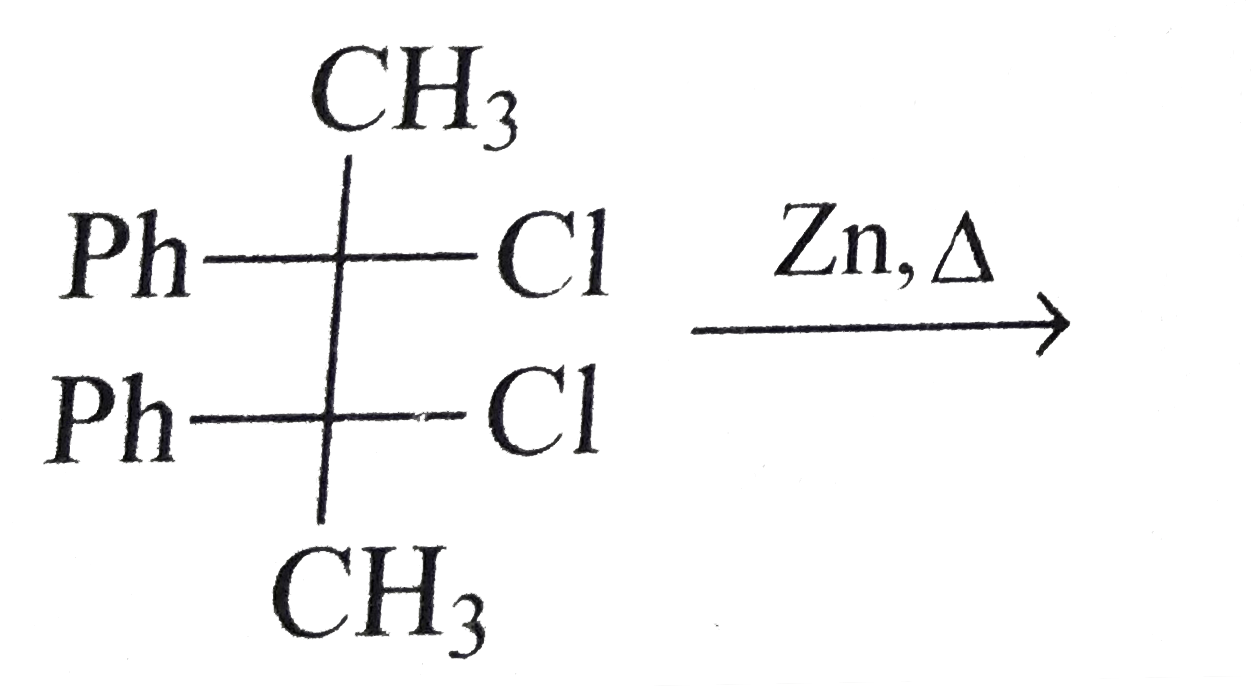
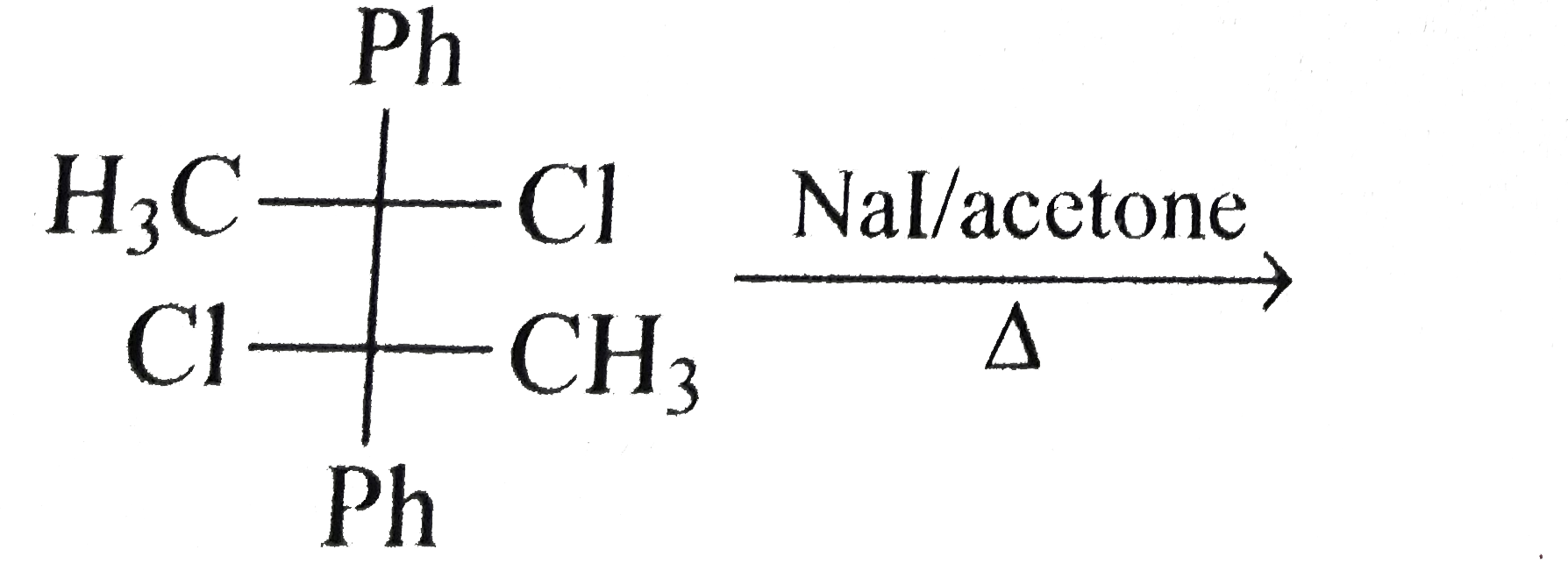
 Major product :
Major product :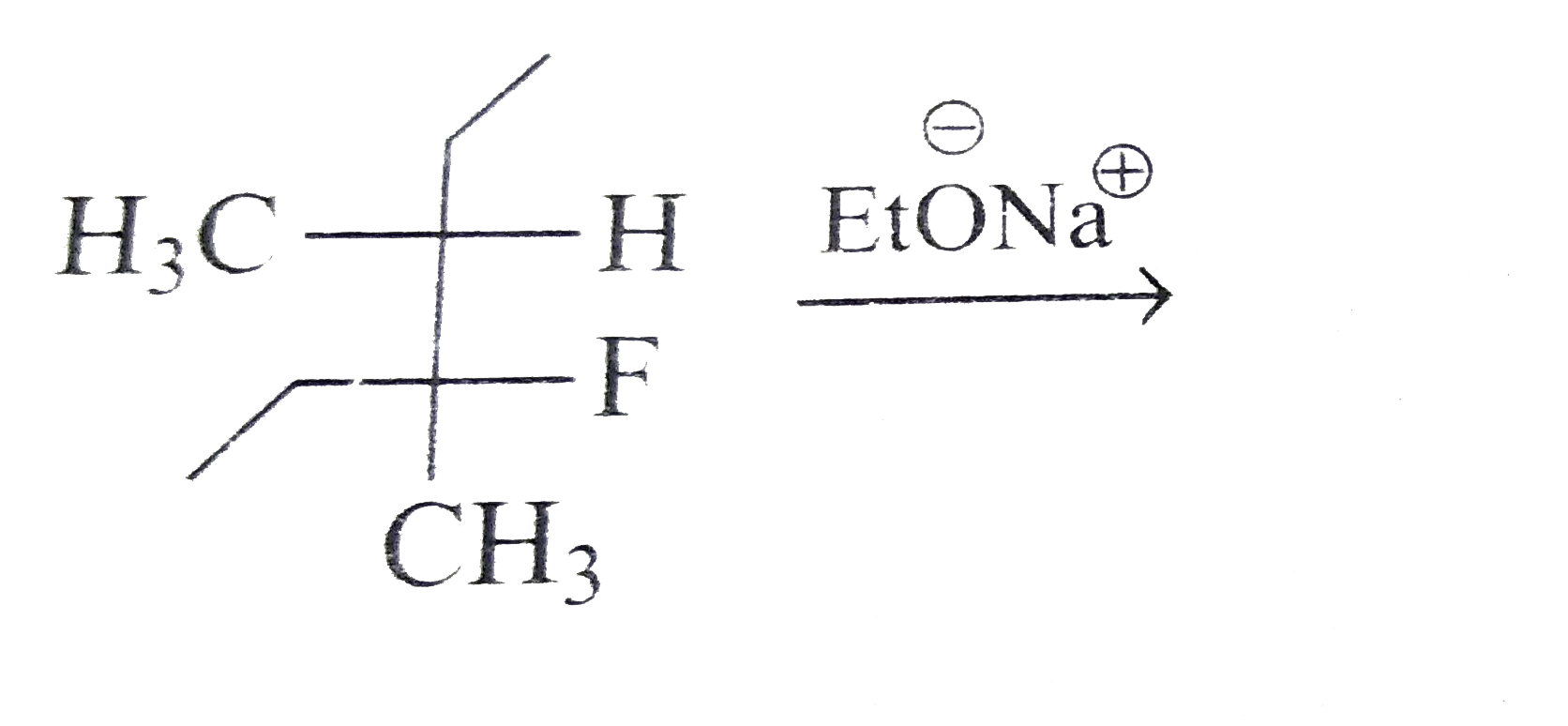
 Major product :
Major product :
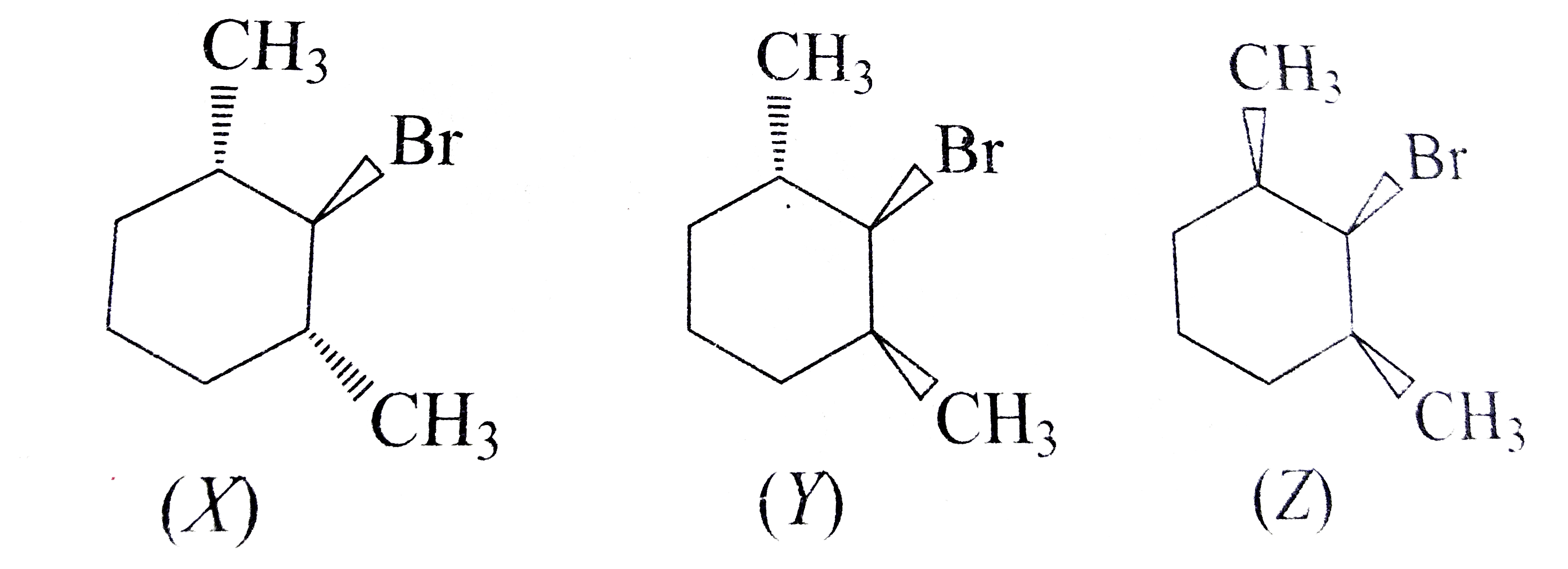





 Major Product :
Major Product :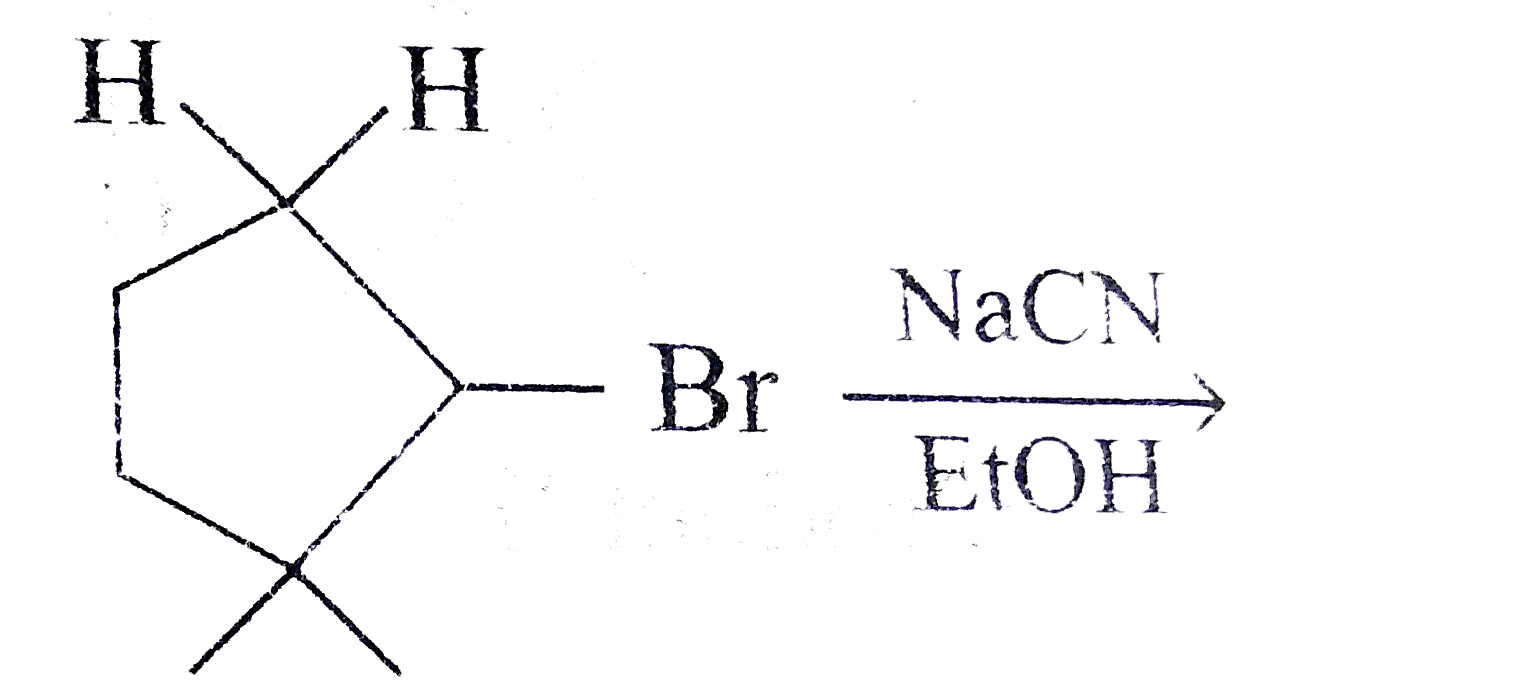
 Which of the following is the strucuture of A?
Which of the following is the strucuture of A? Major product :
Major product : Product 'Y'
Product 'Y' 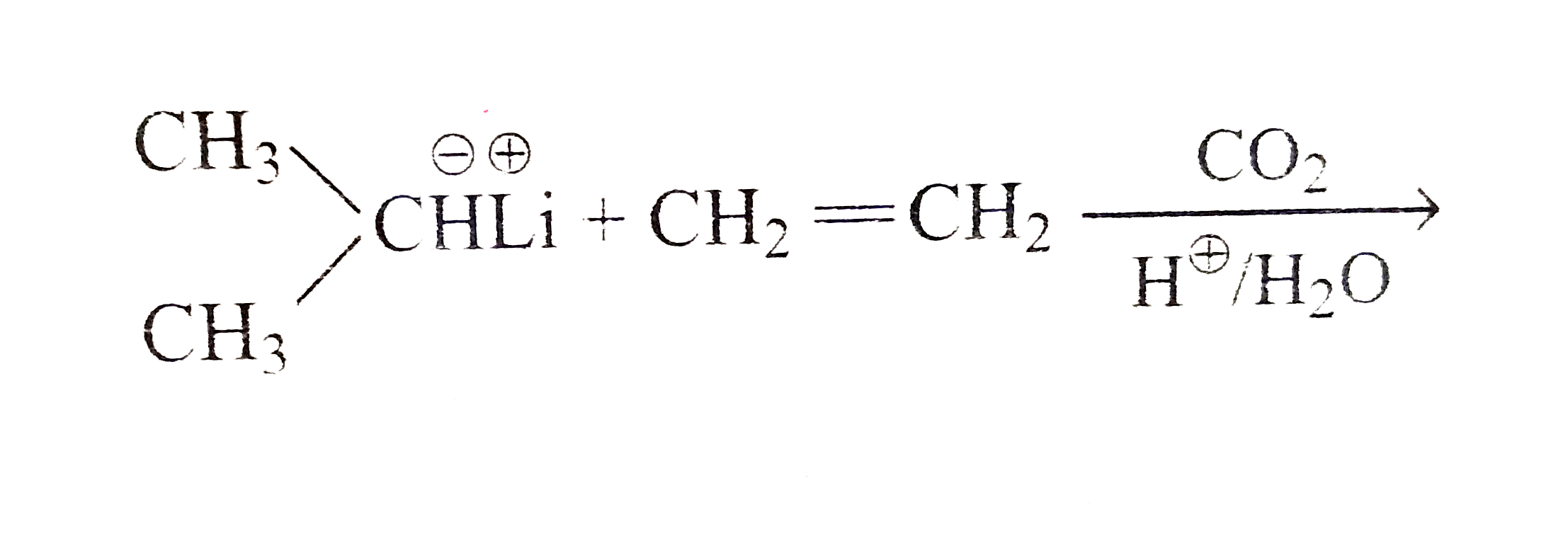
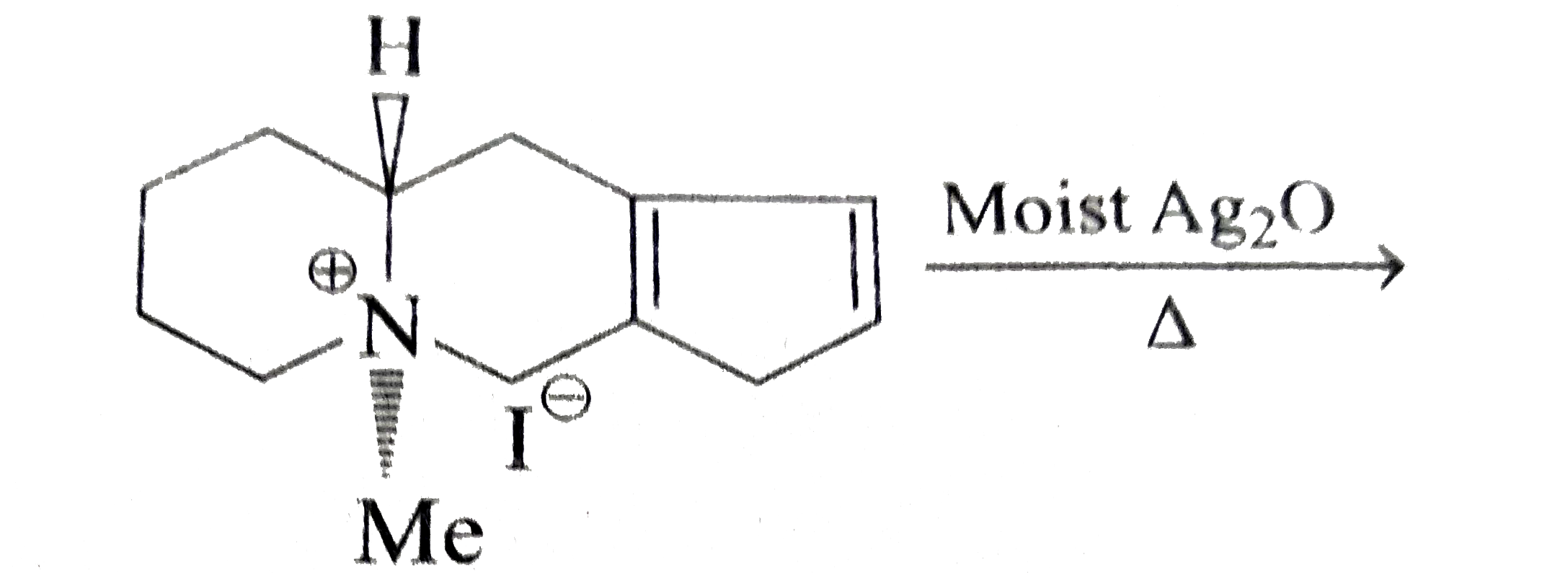
 Major product :
Major product :
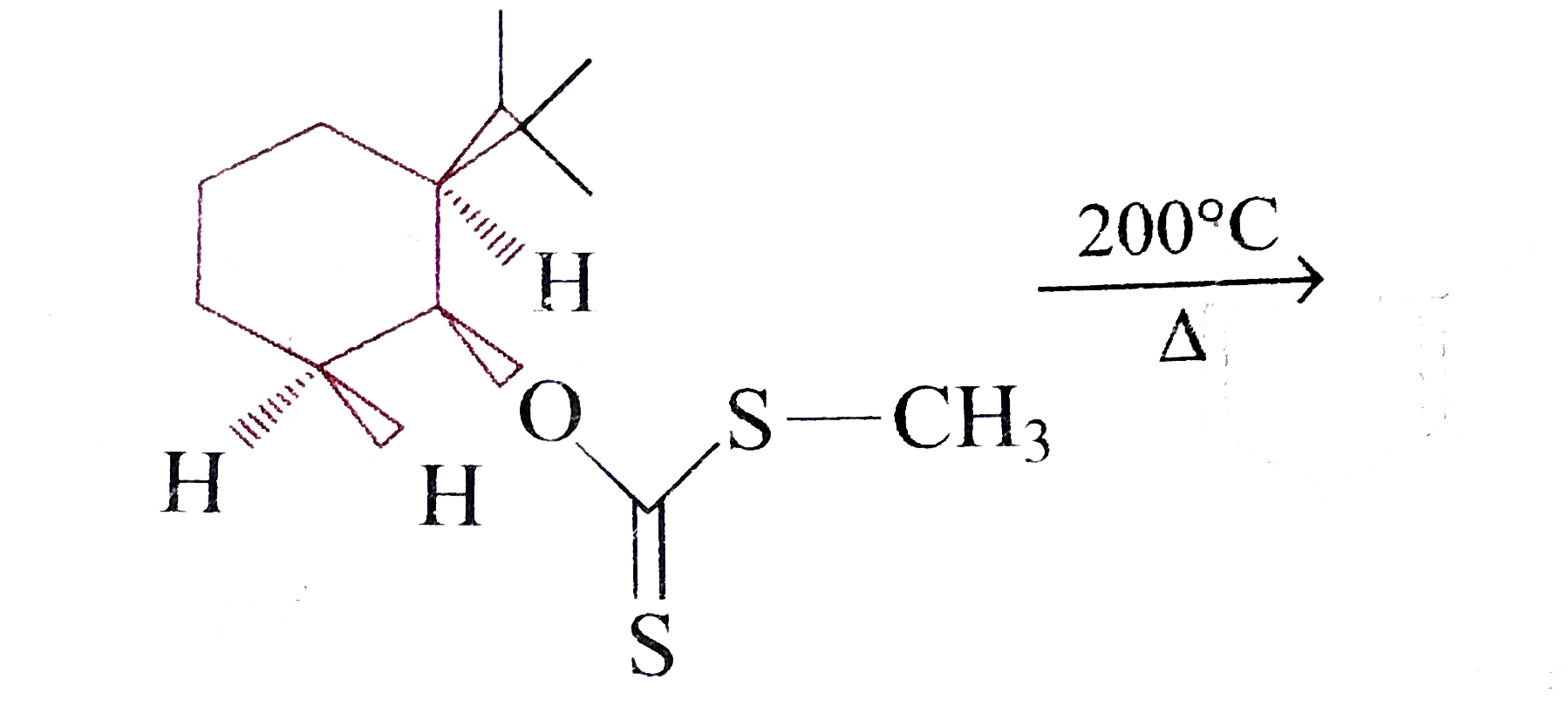
 Major product :
Major product :
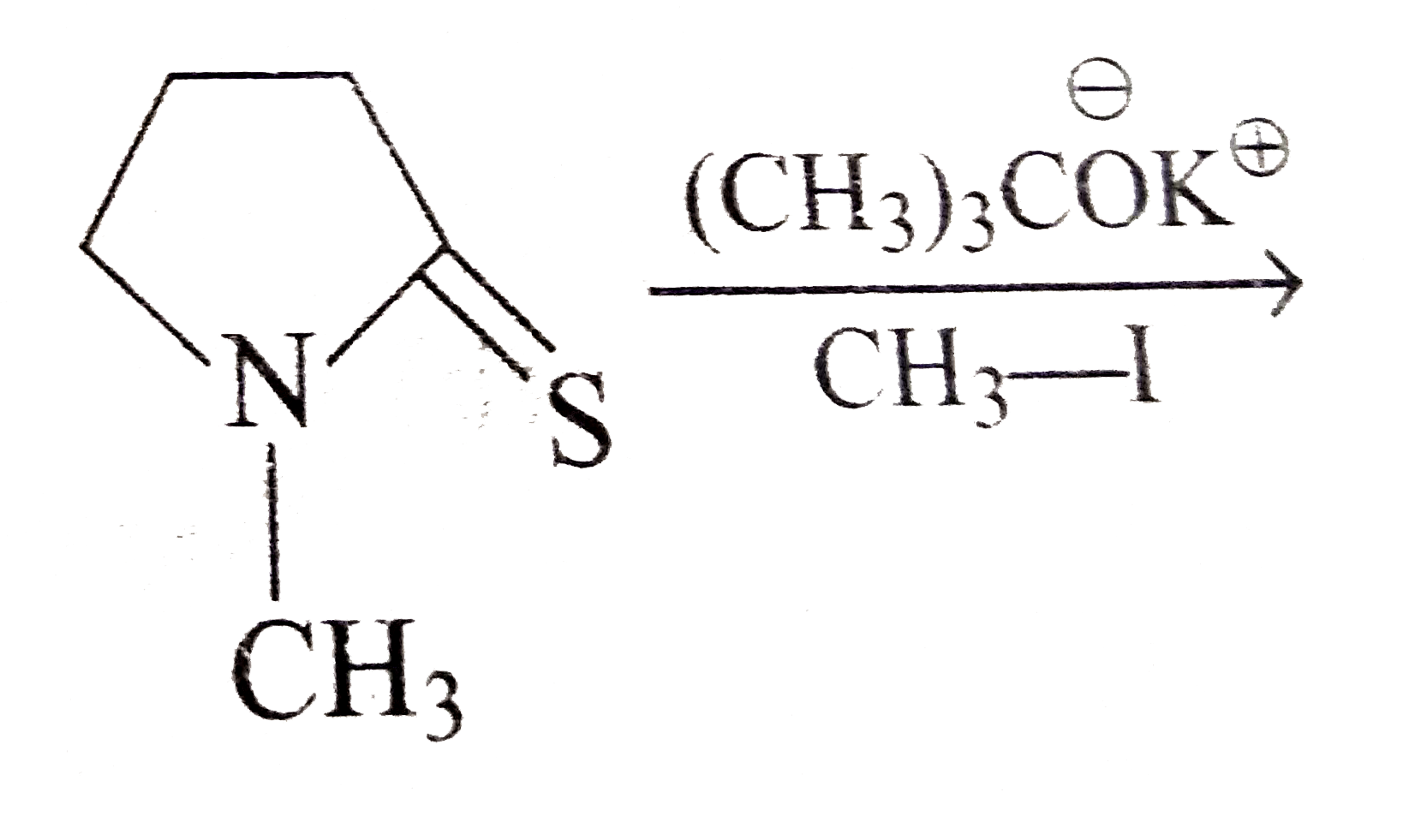
 Major product :
Major product :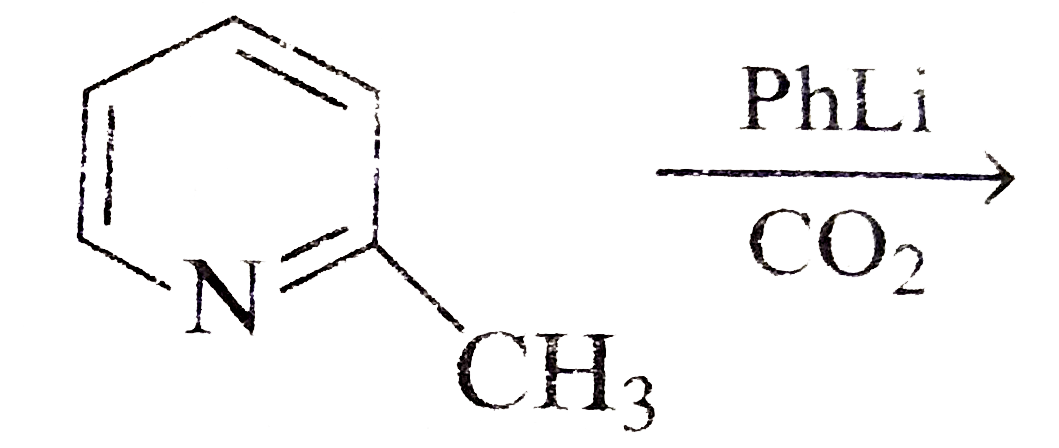
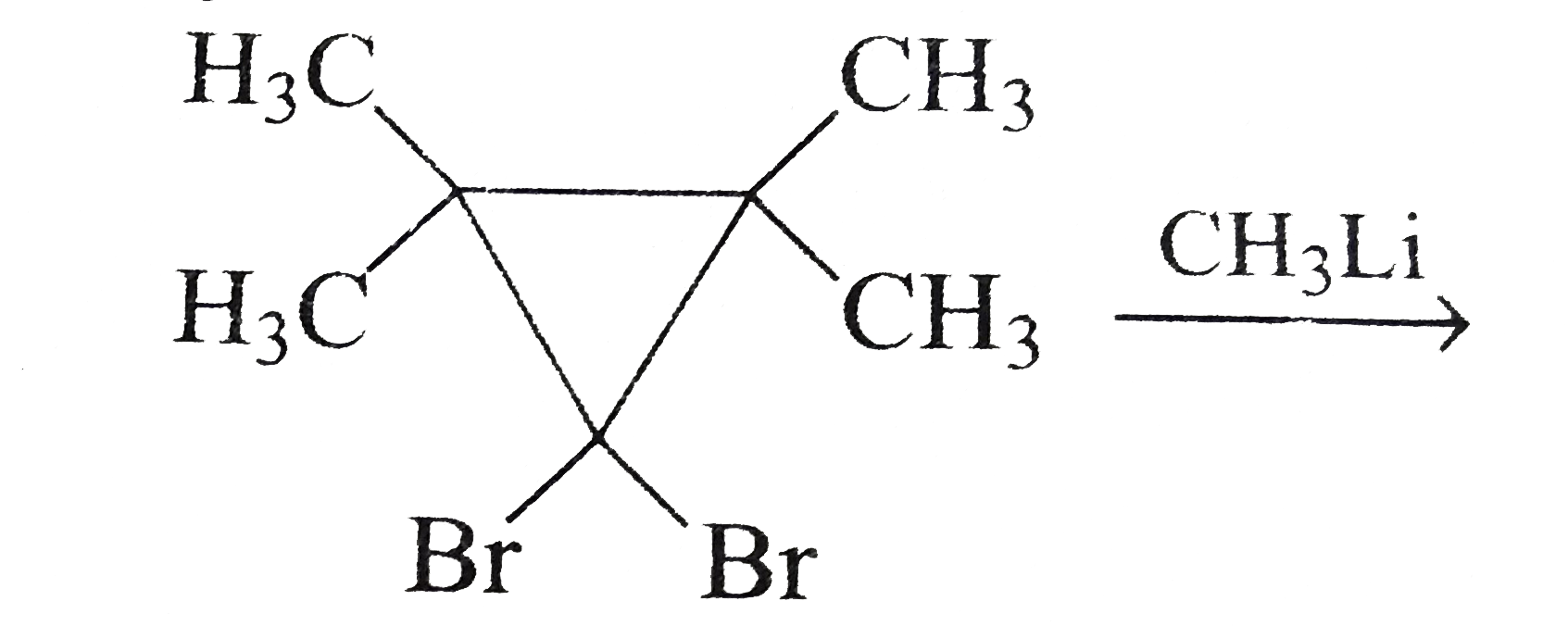
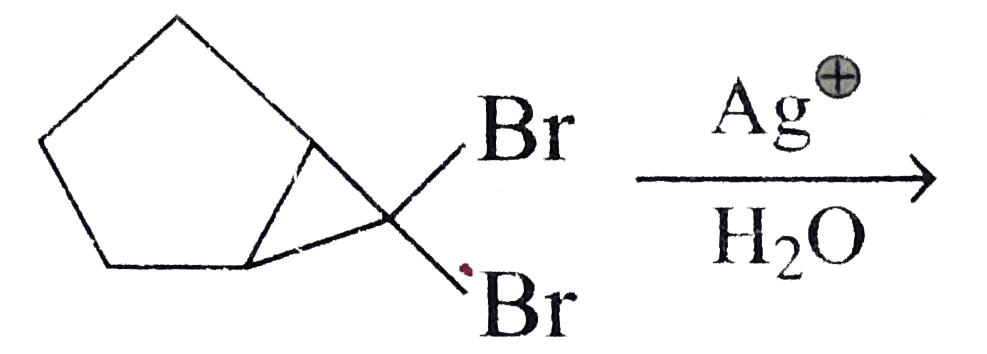






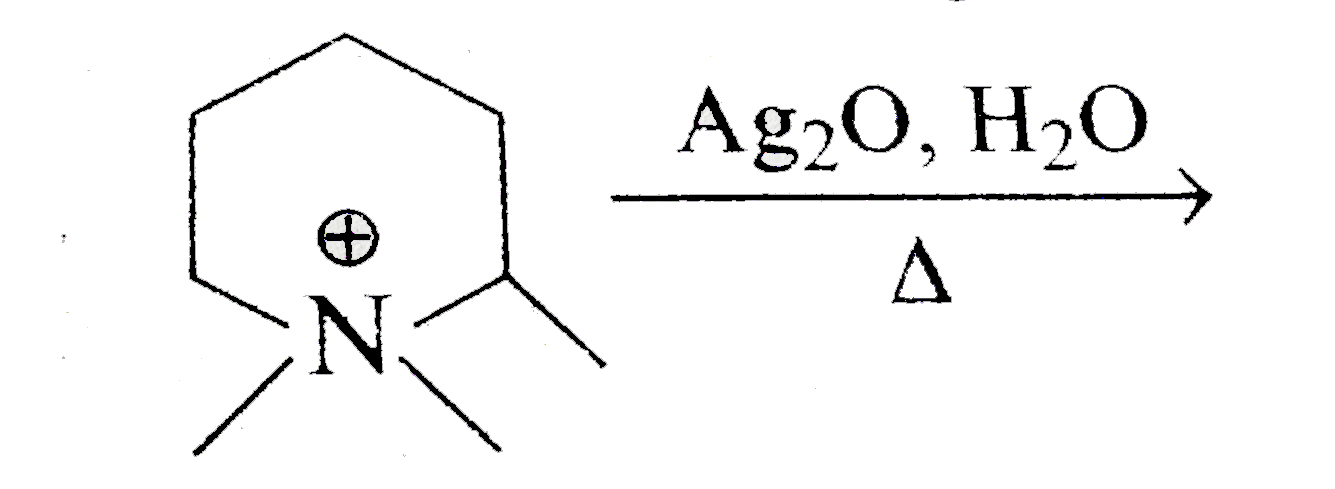

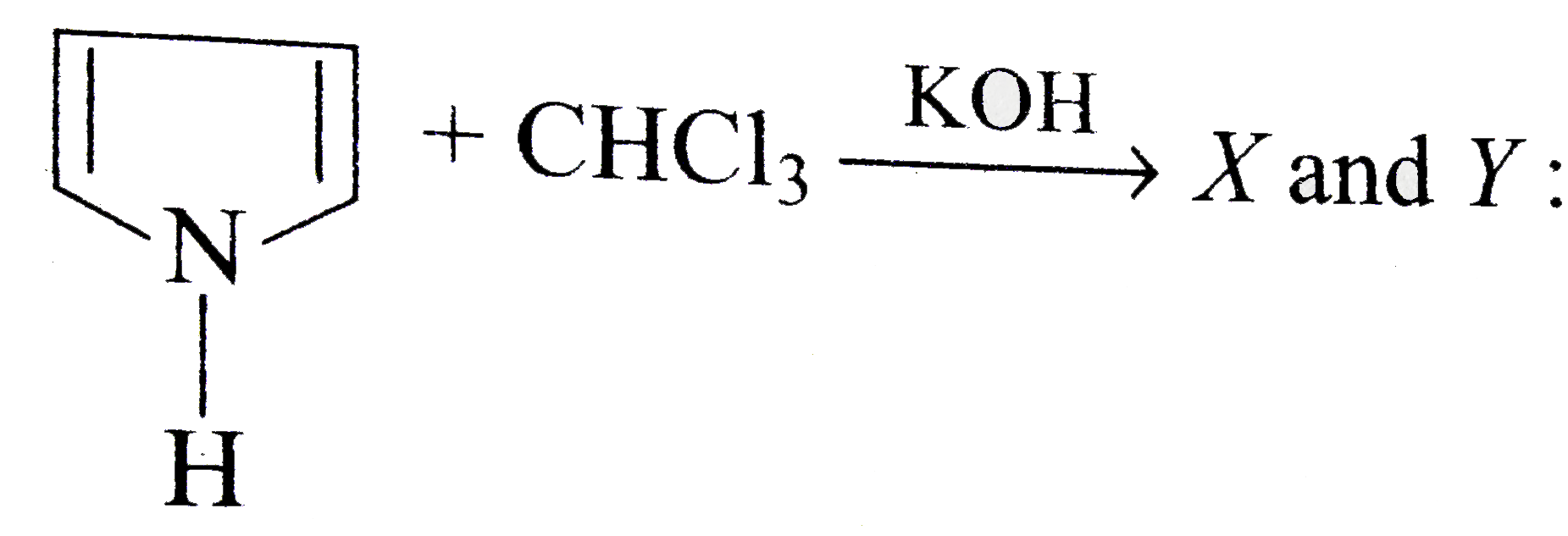 X and Y :
X and Y :

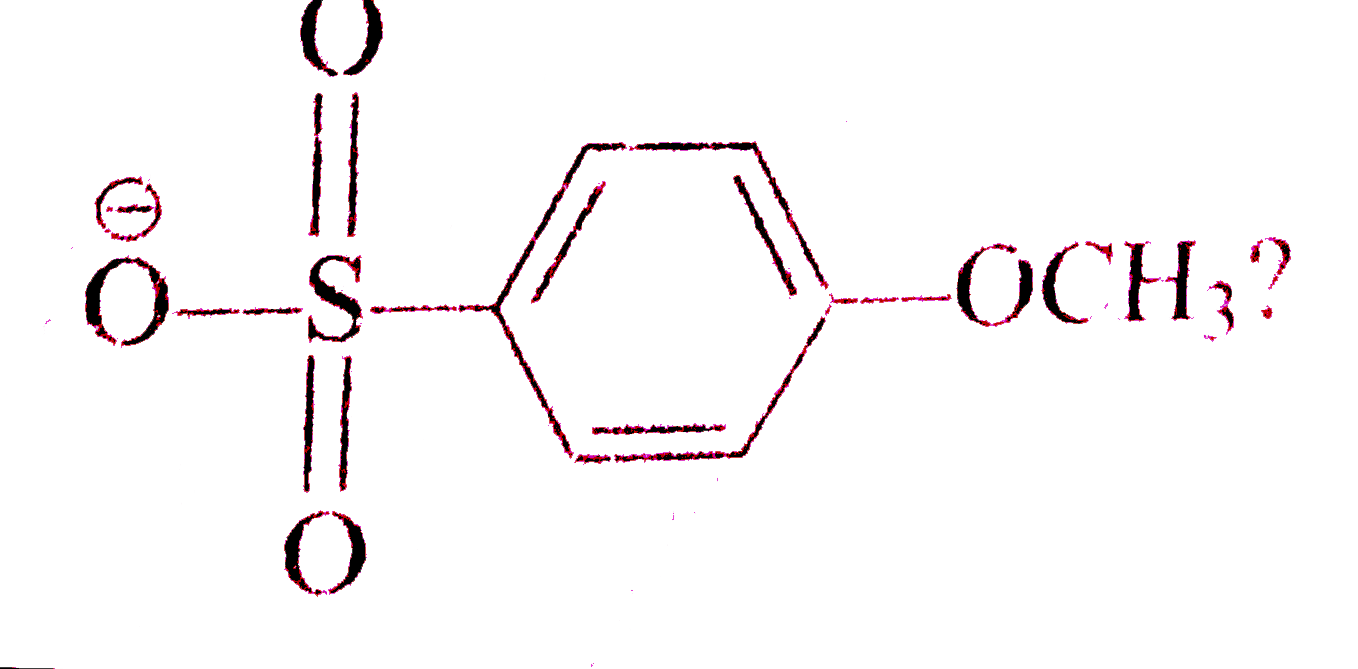
 Product
Product 









